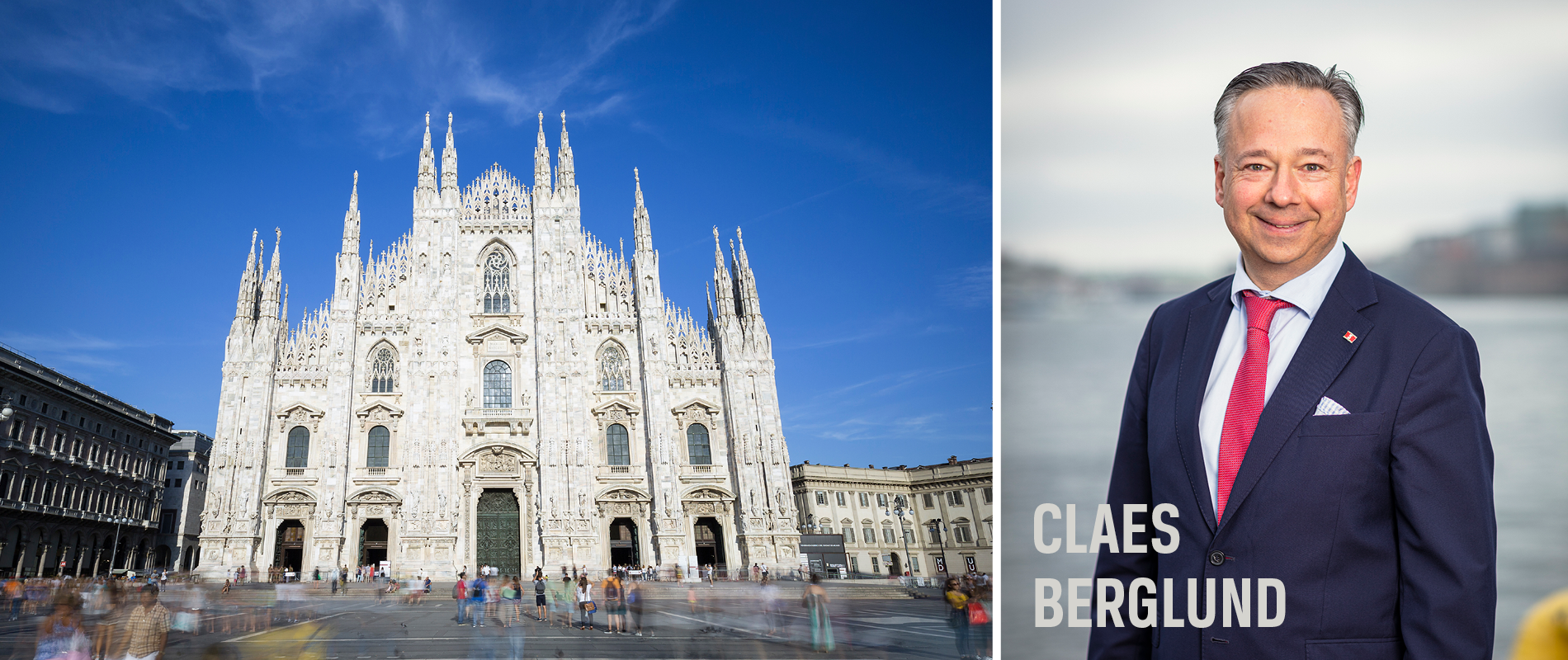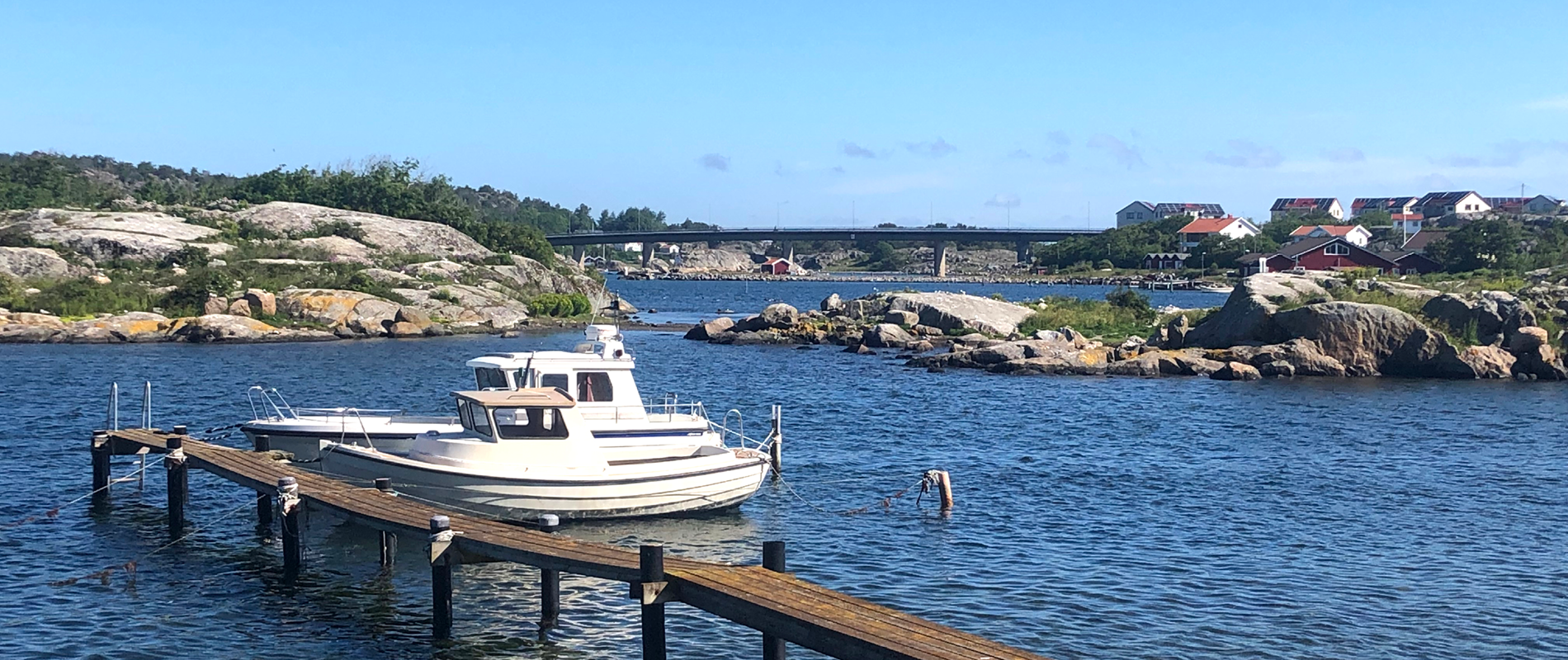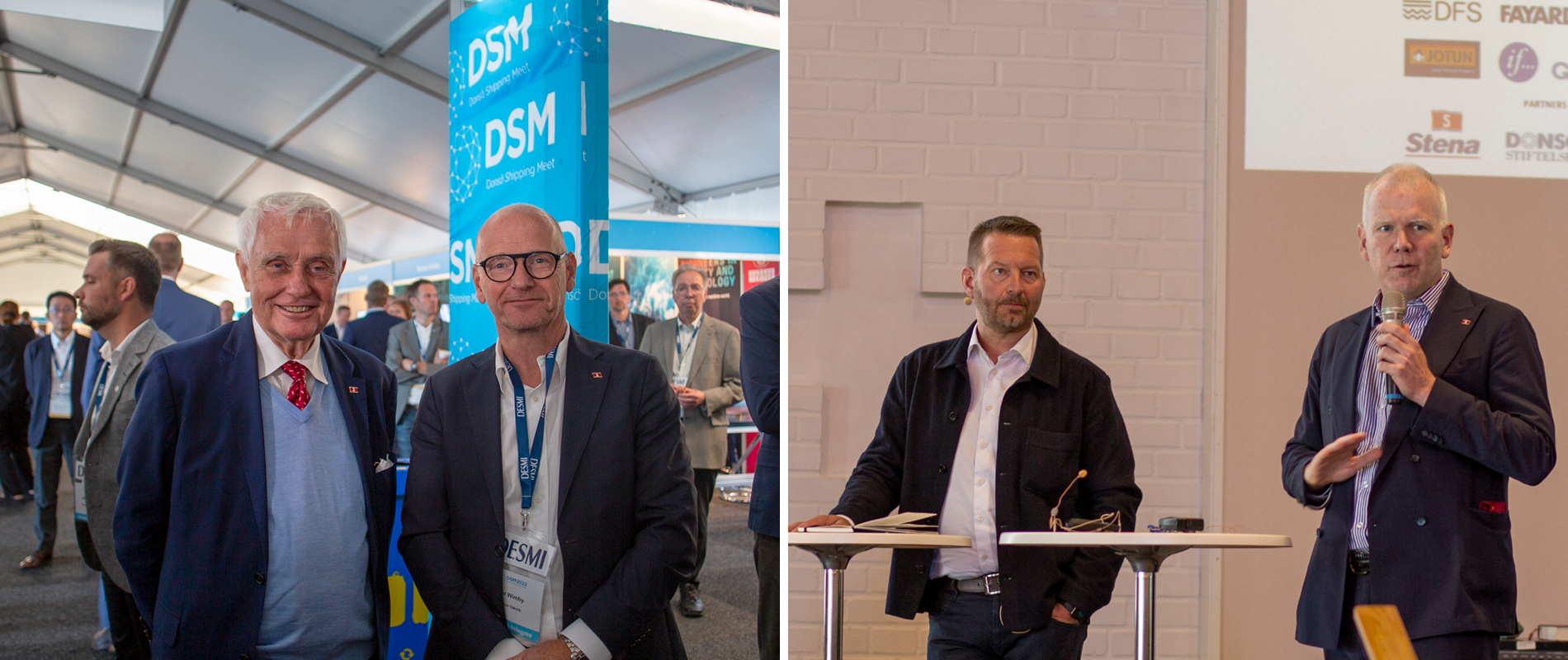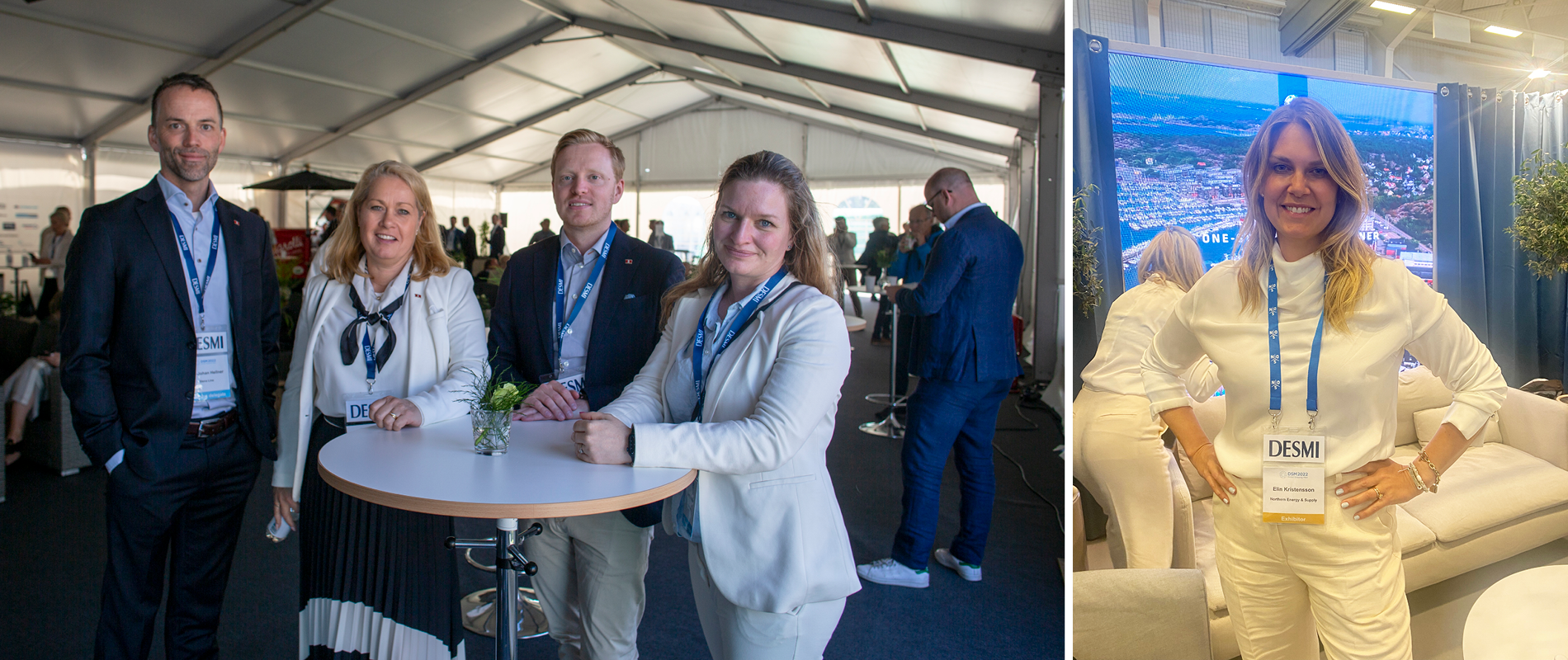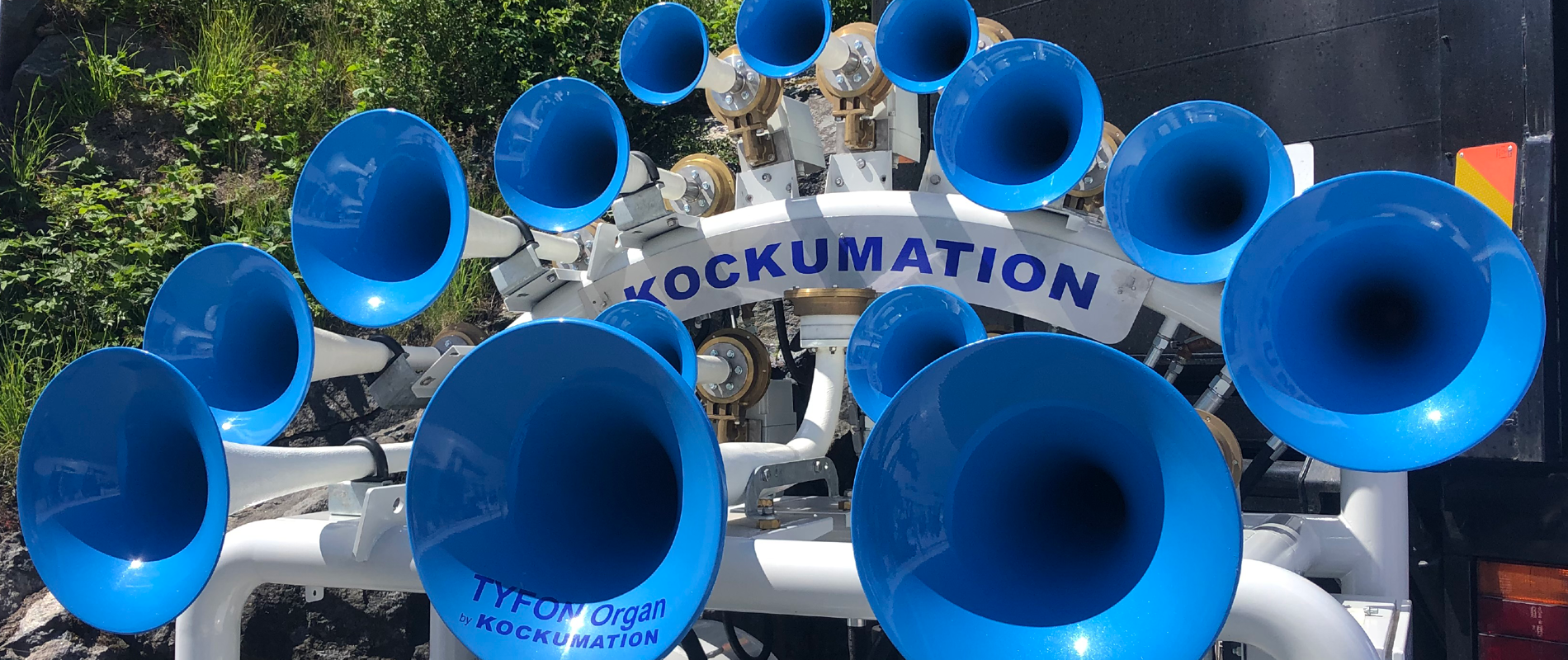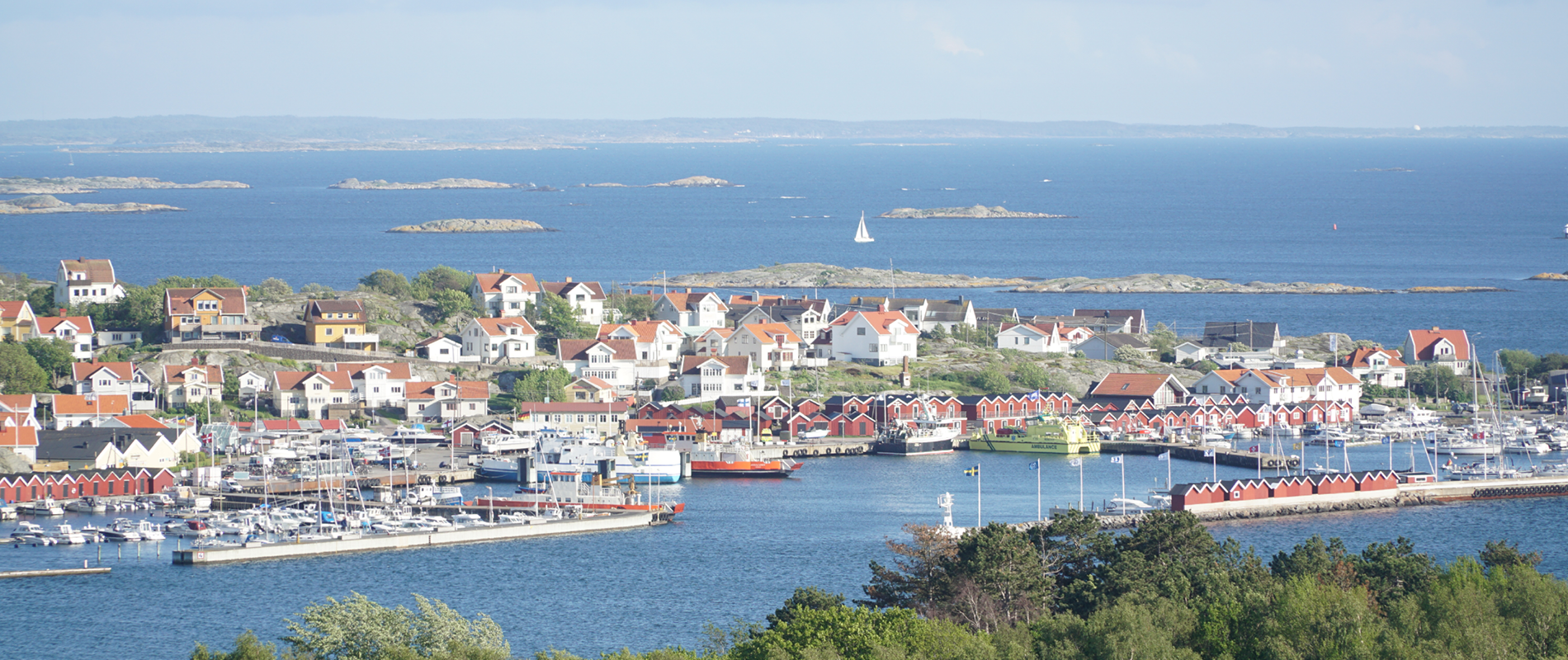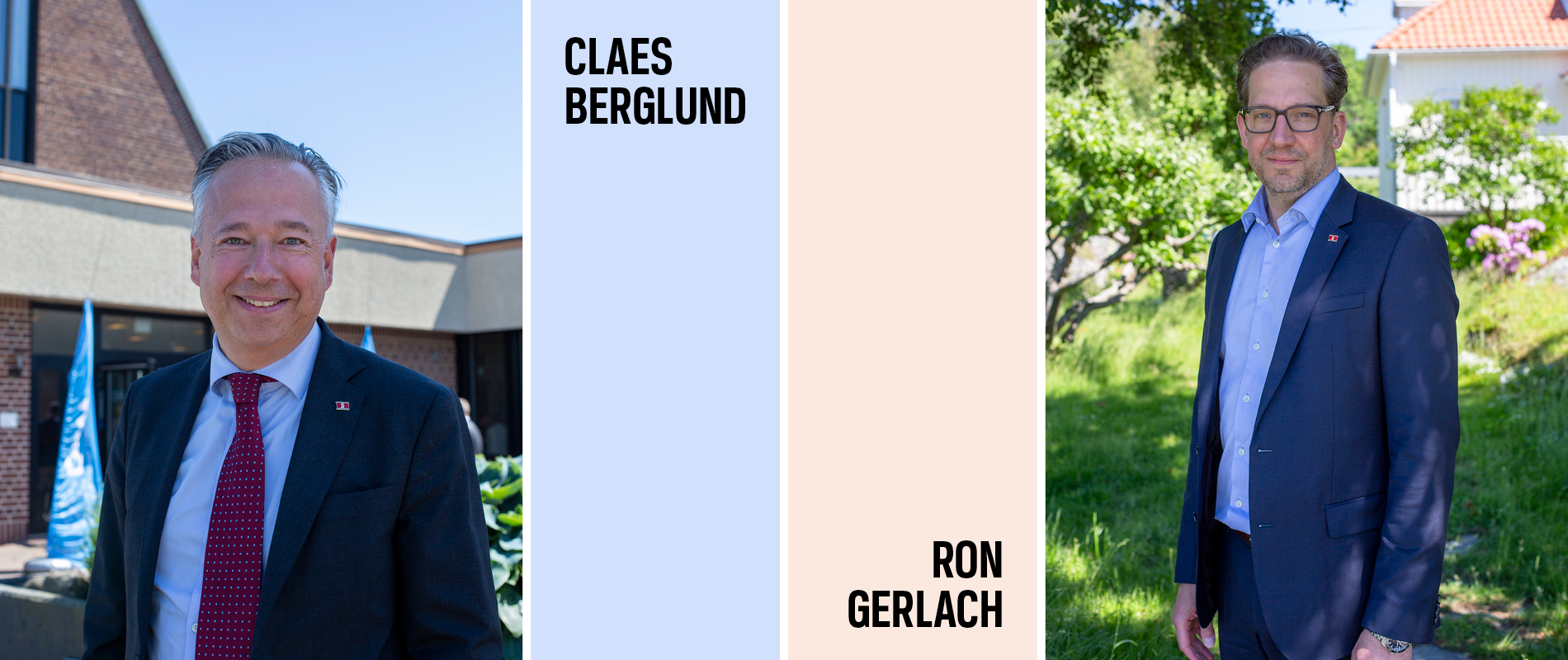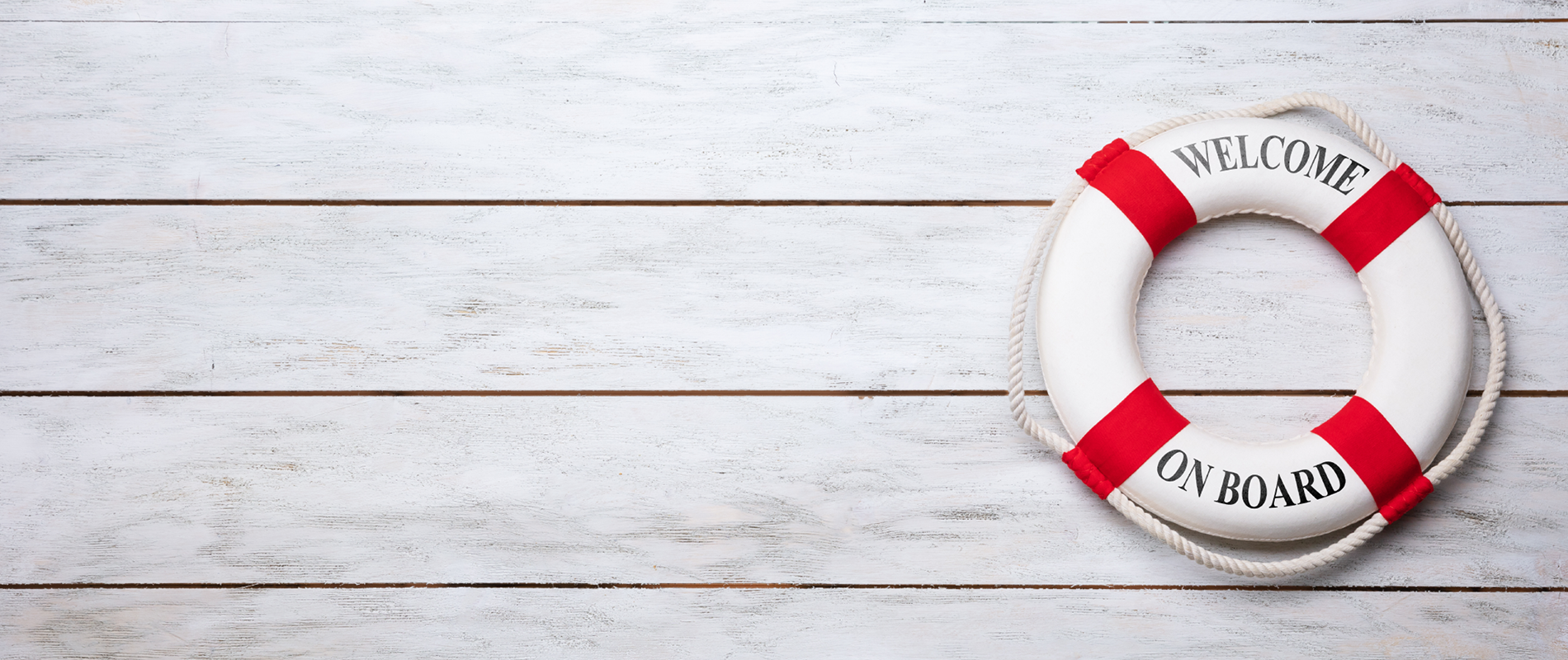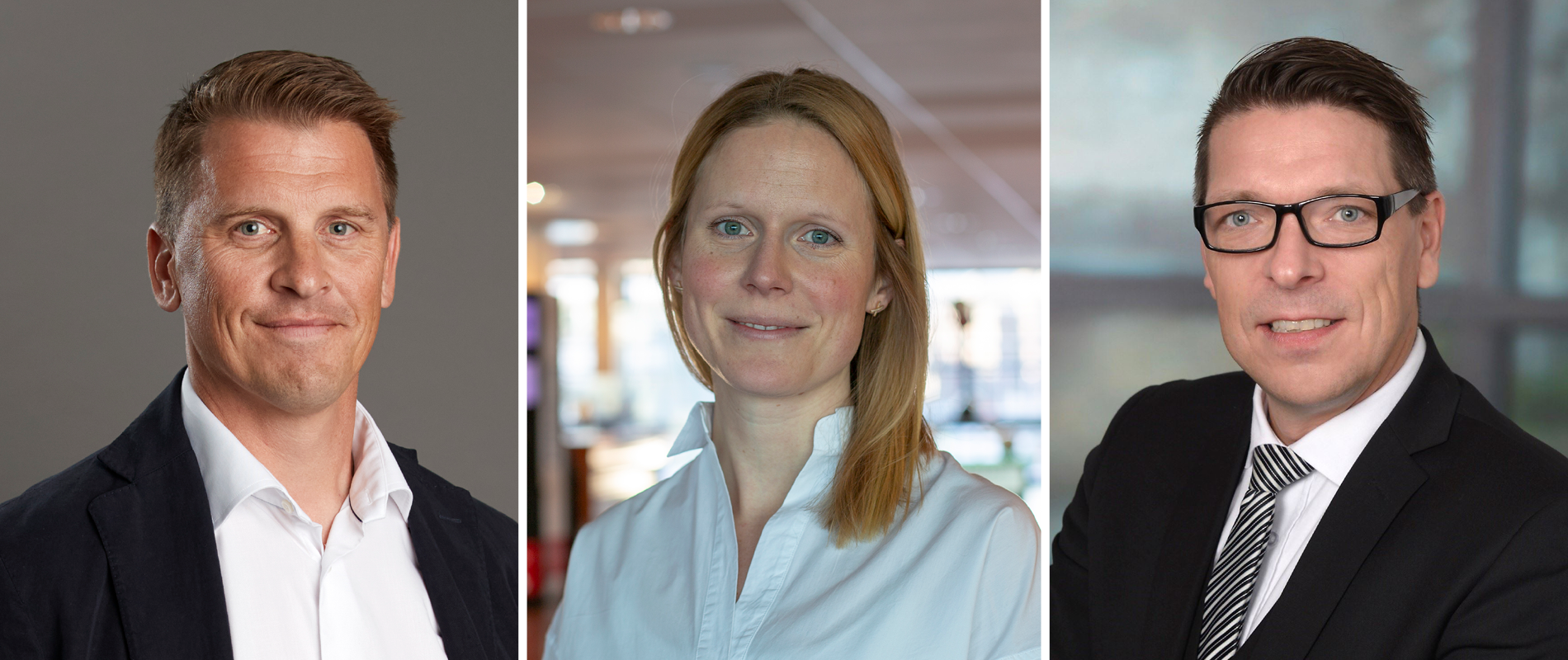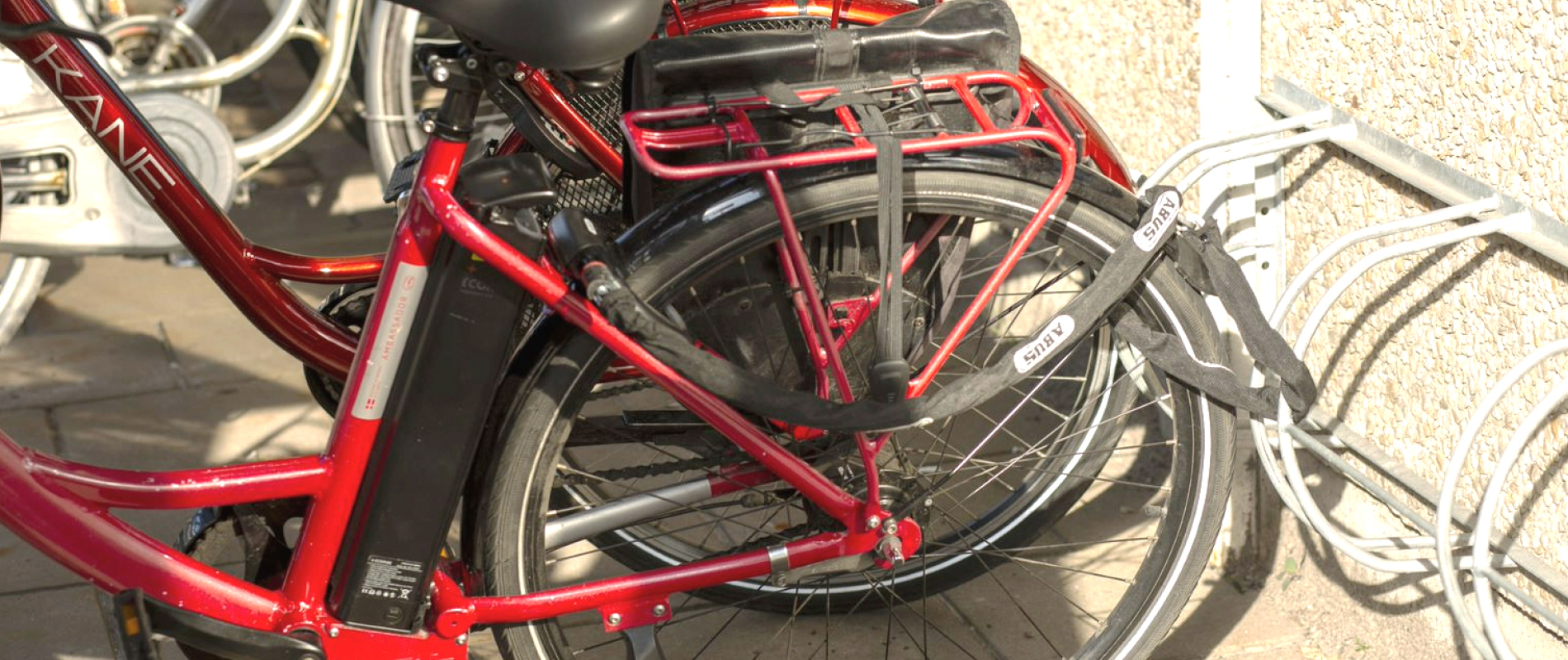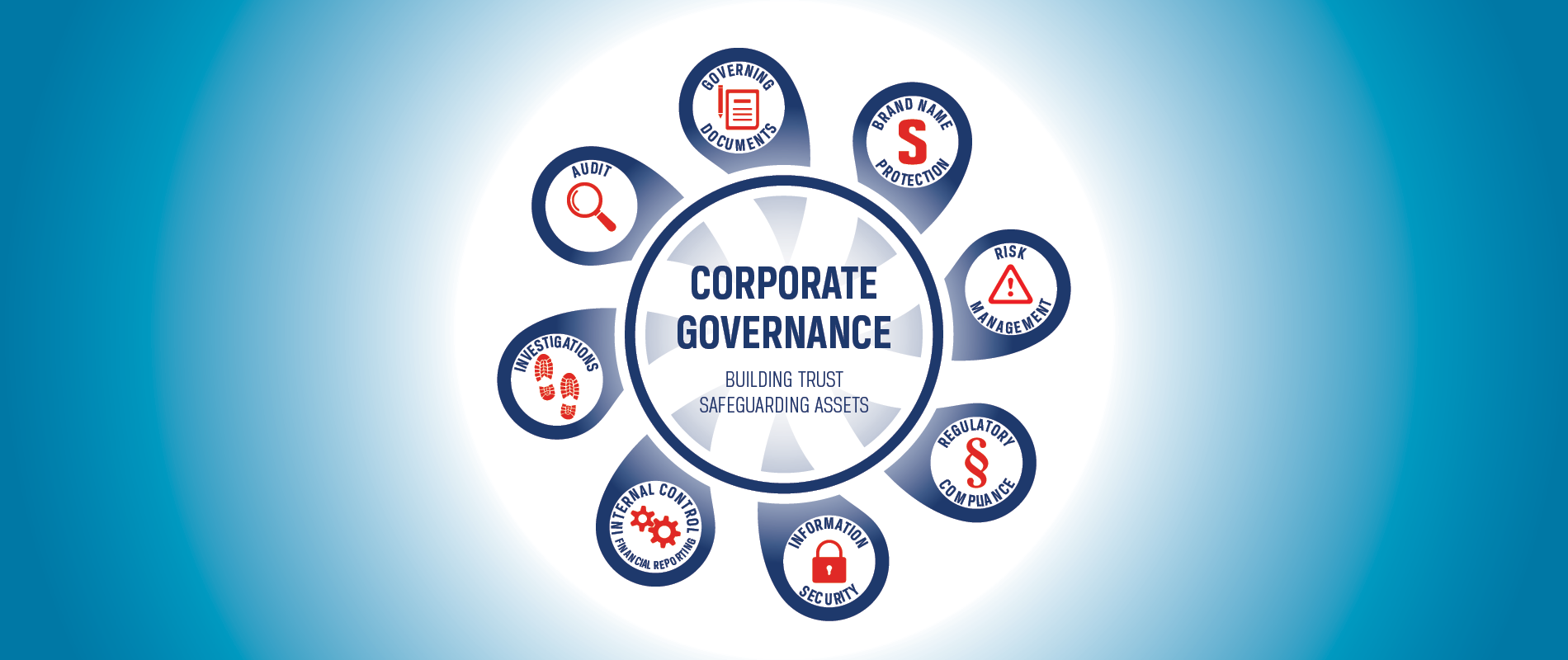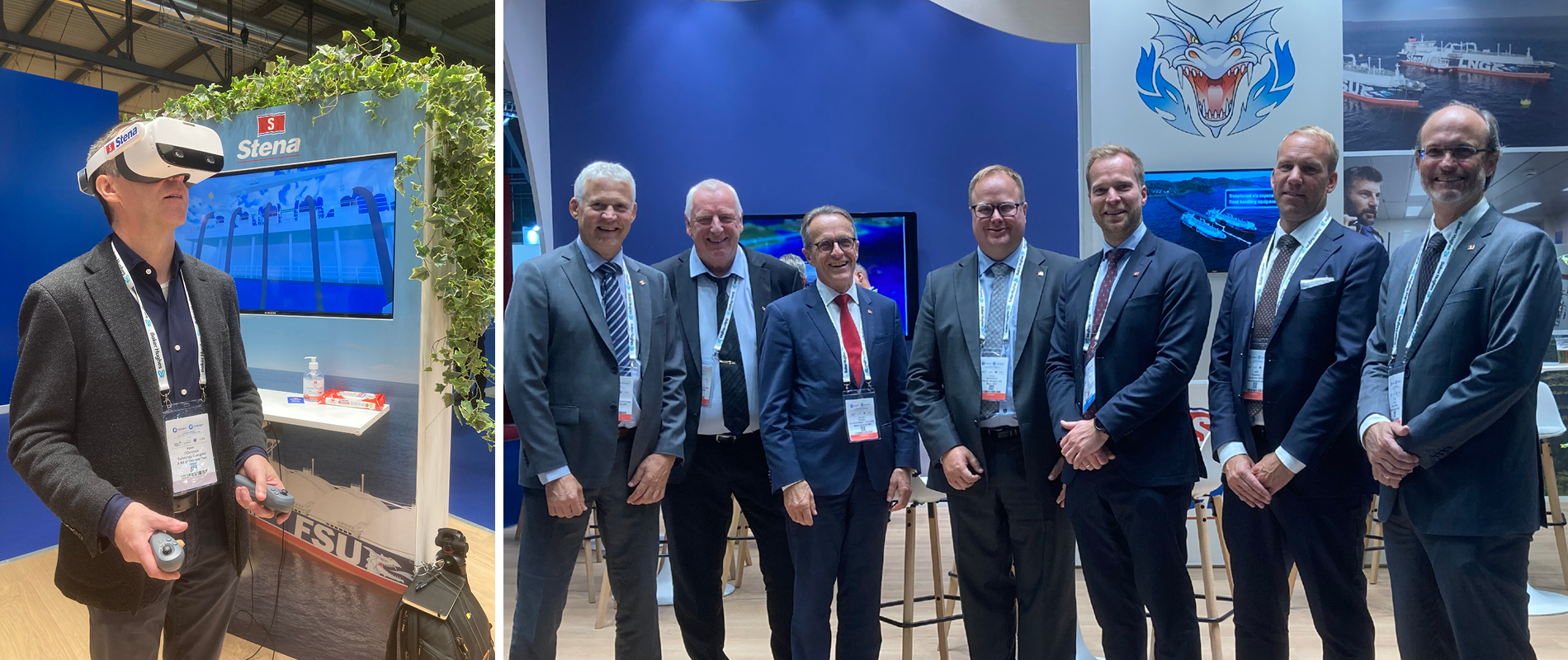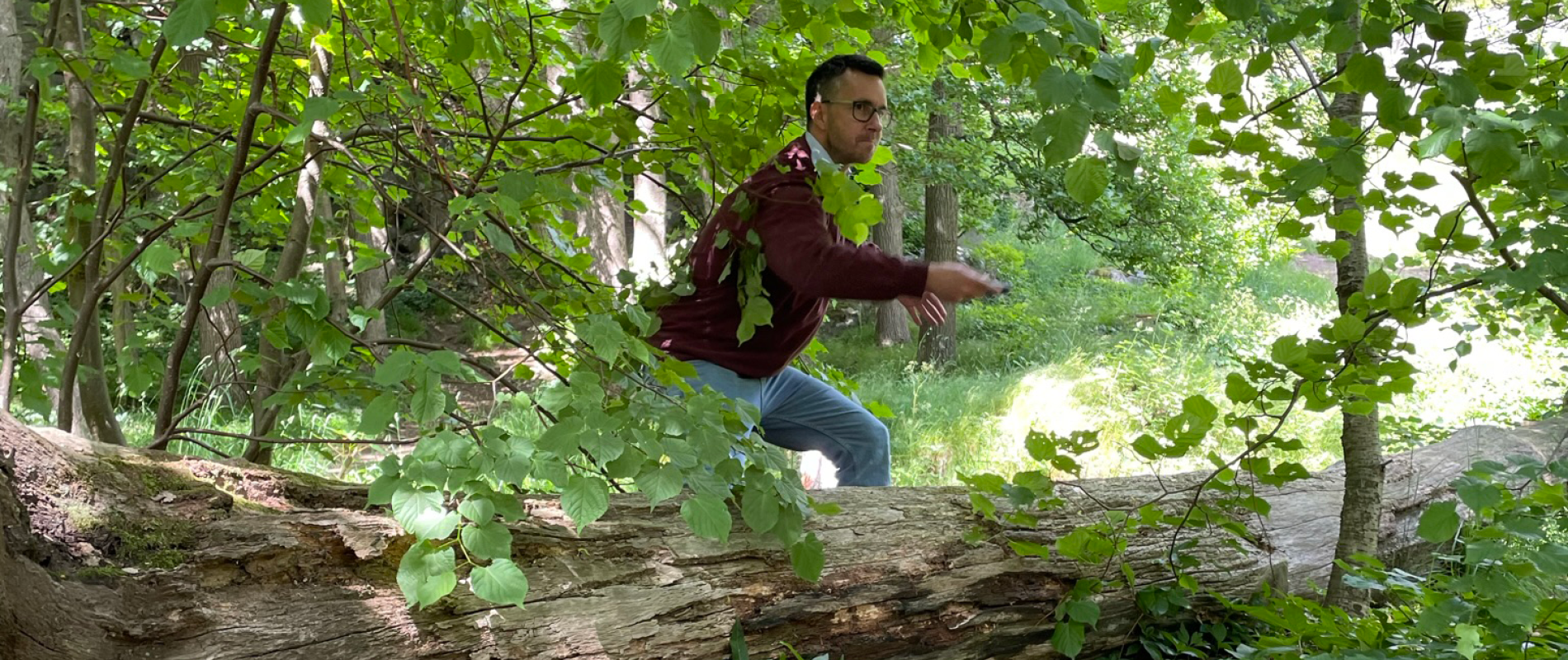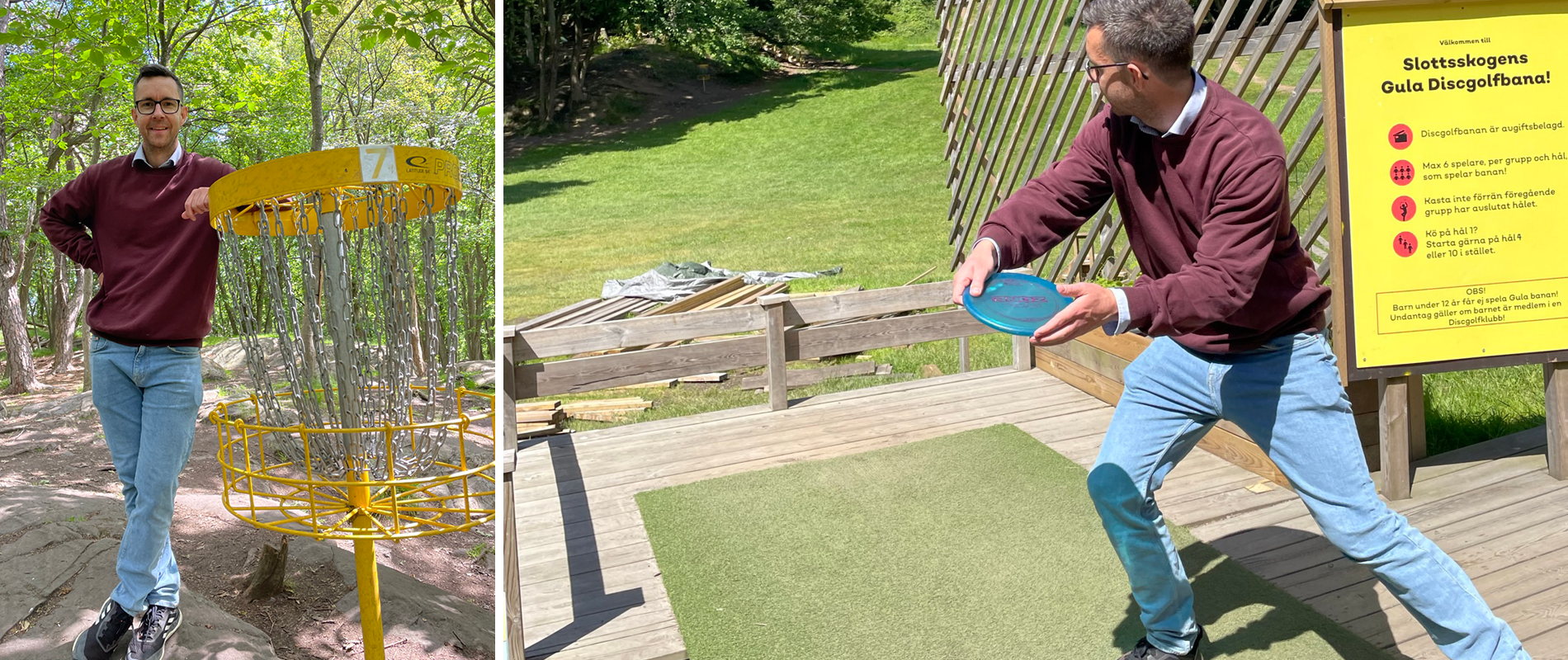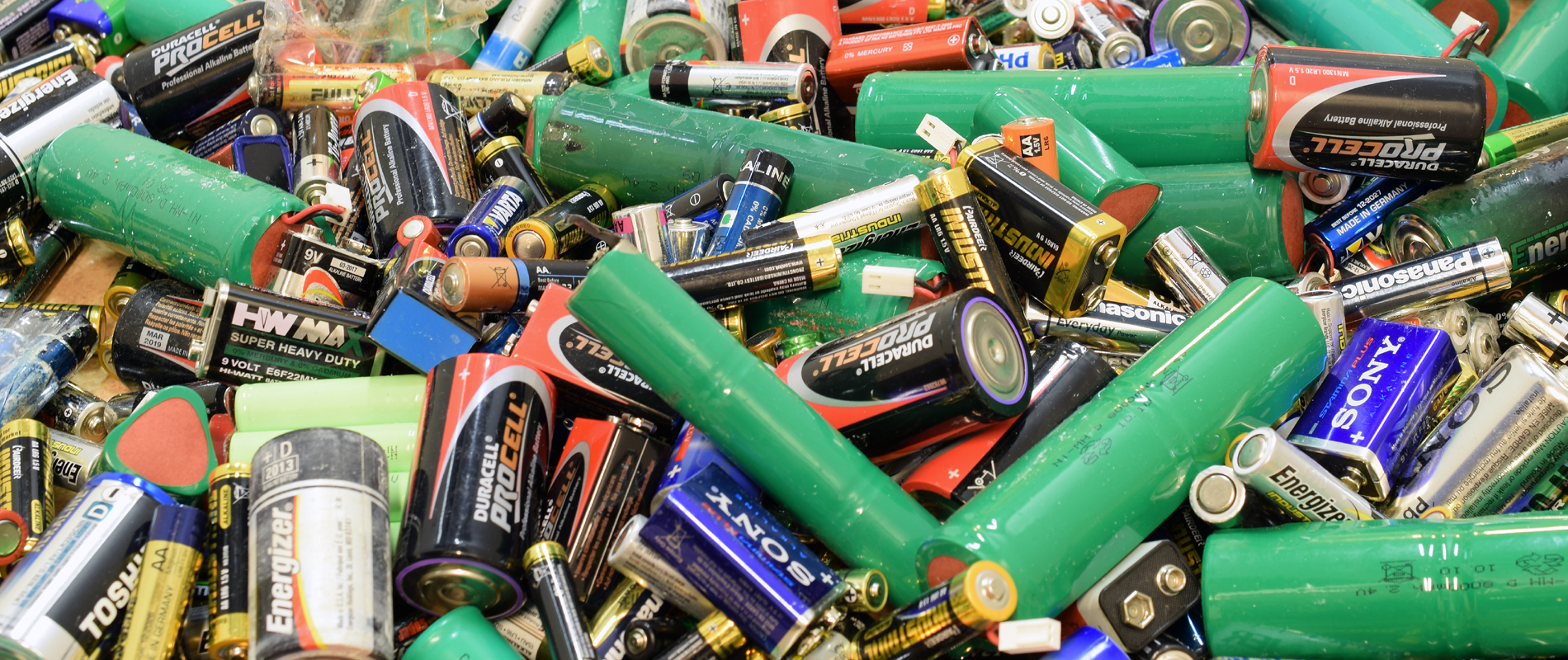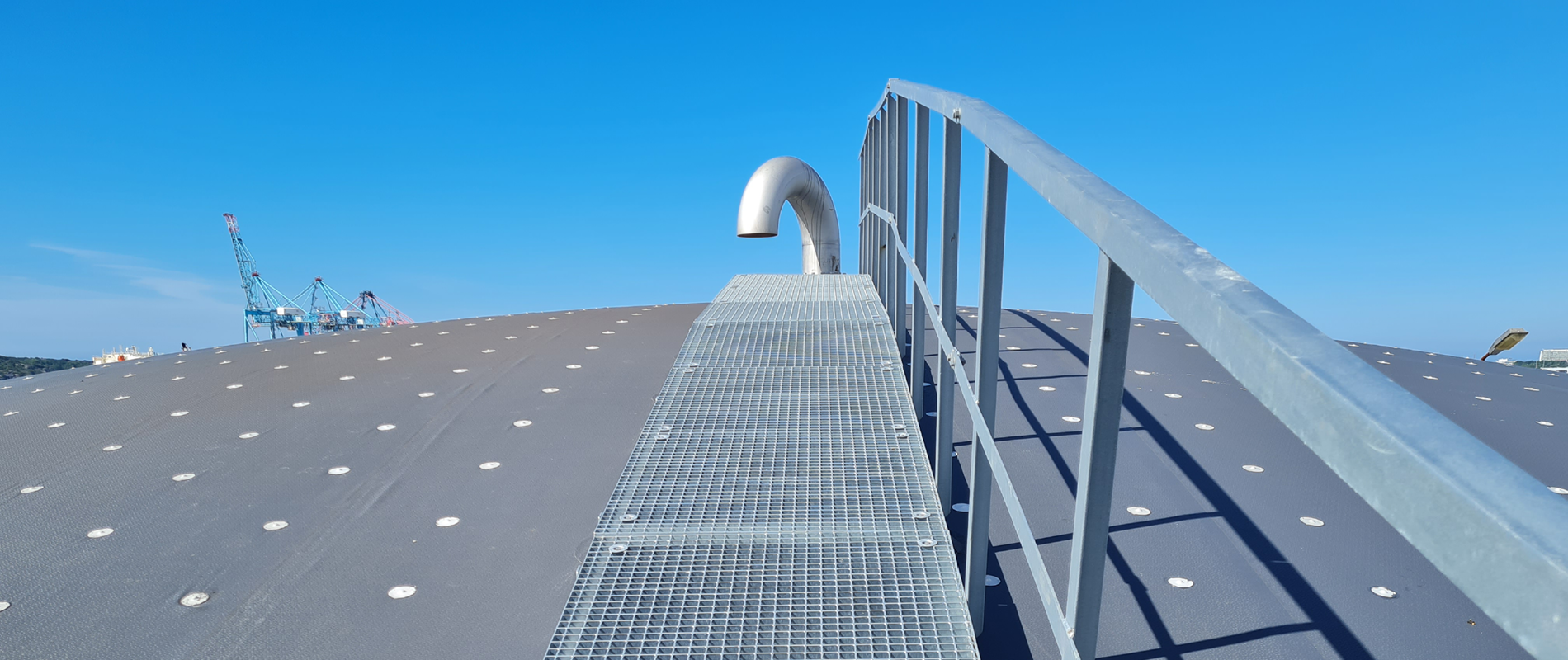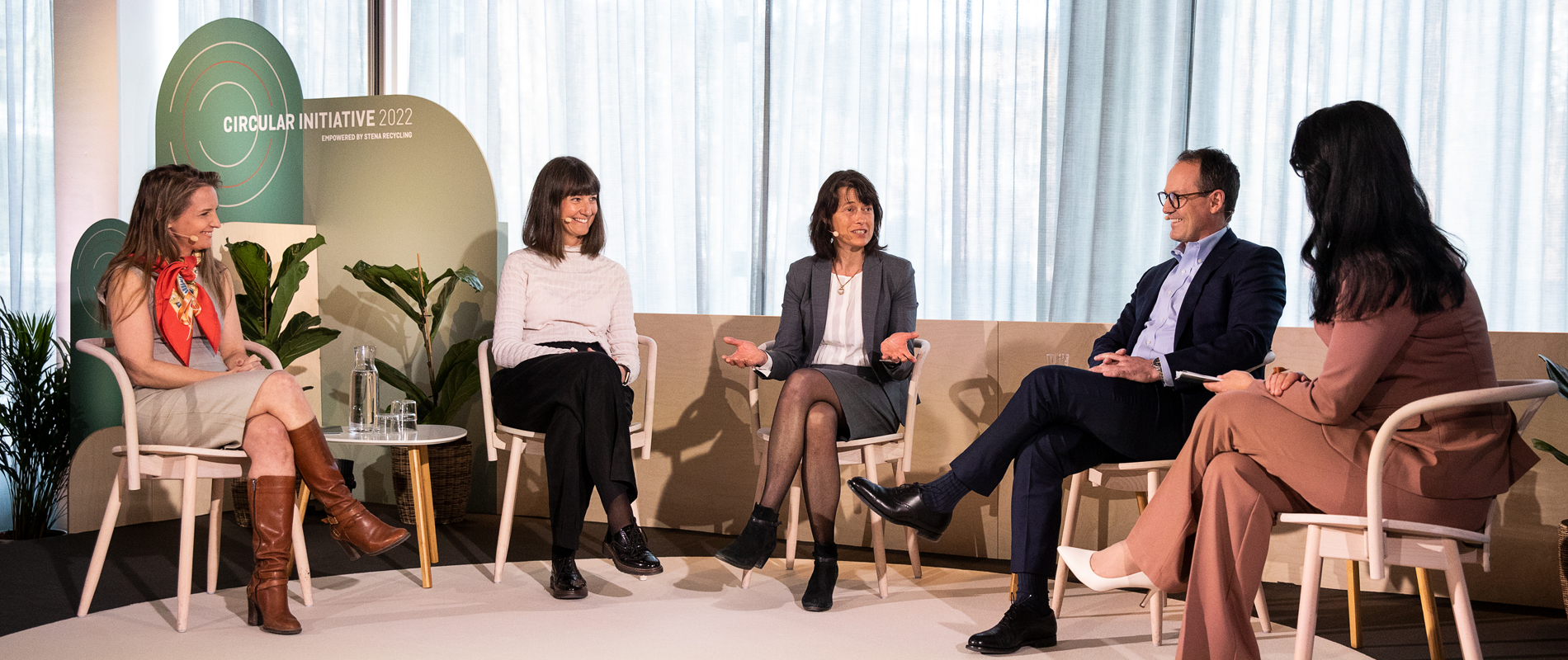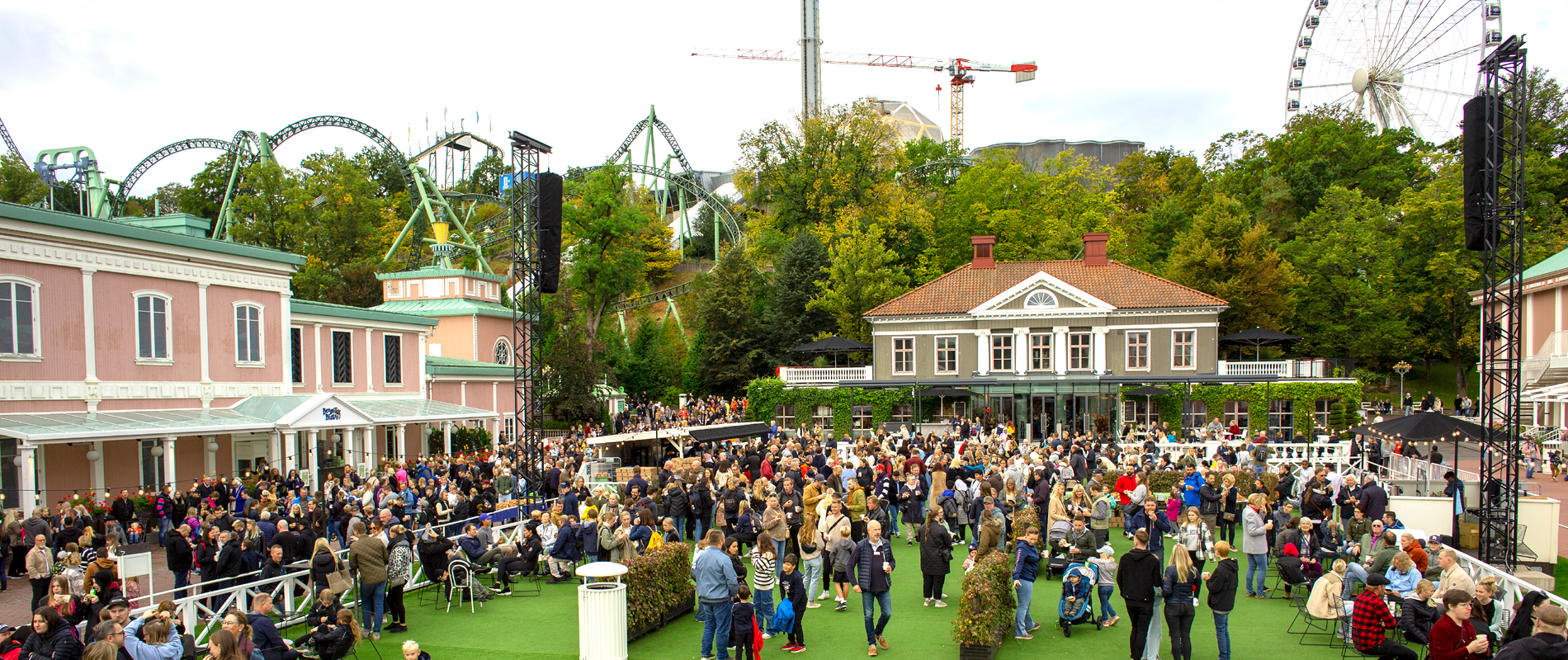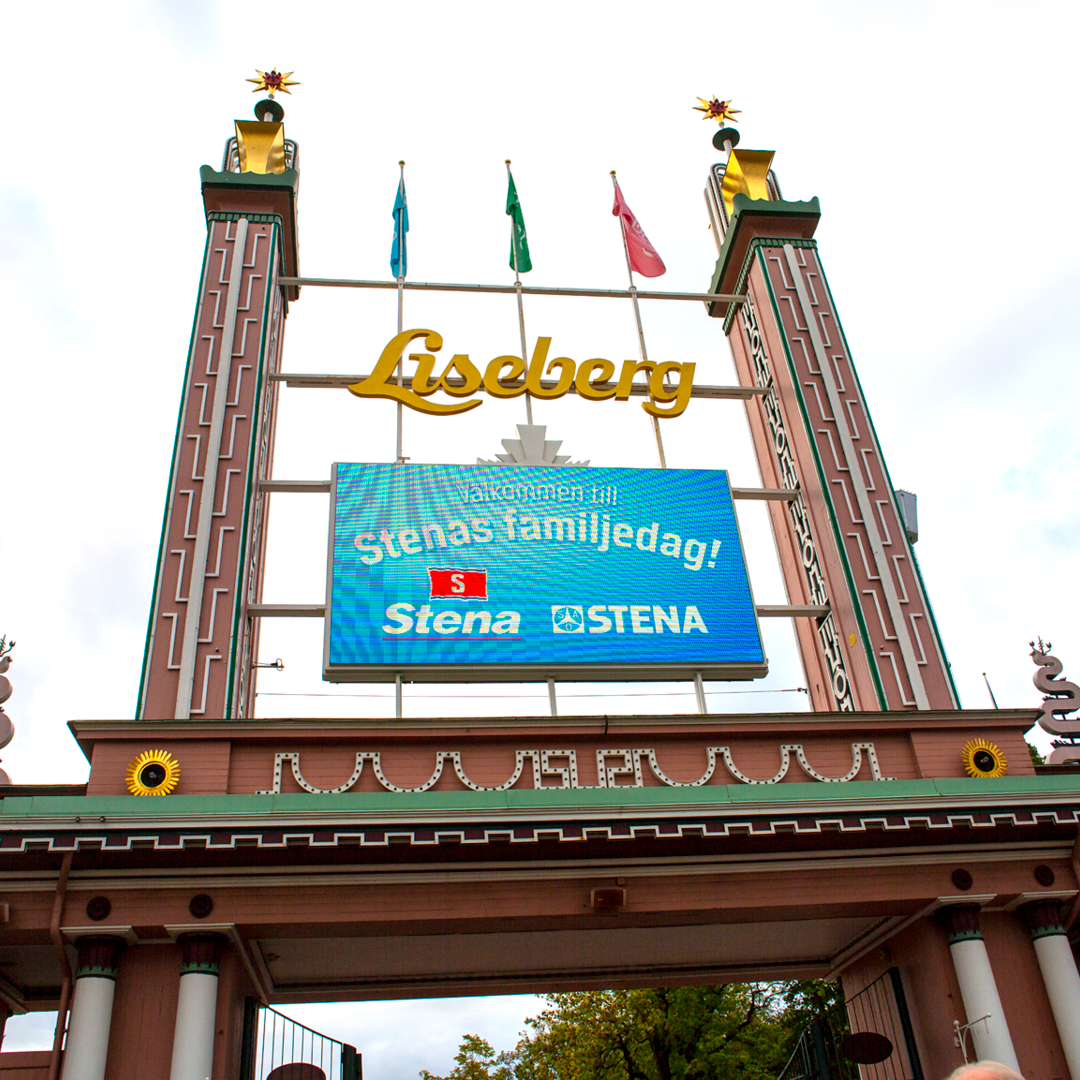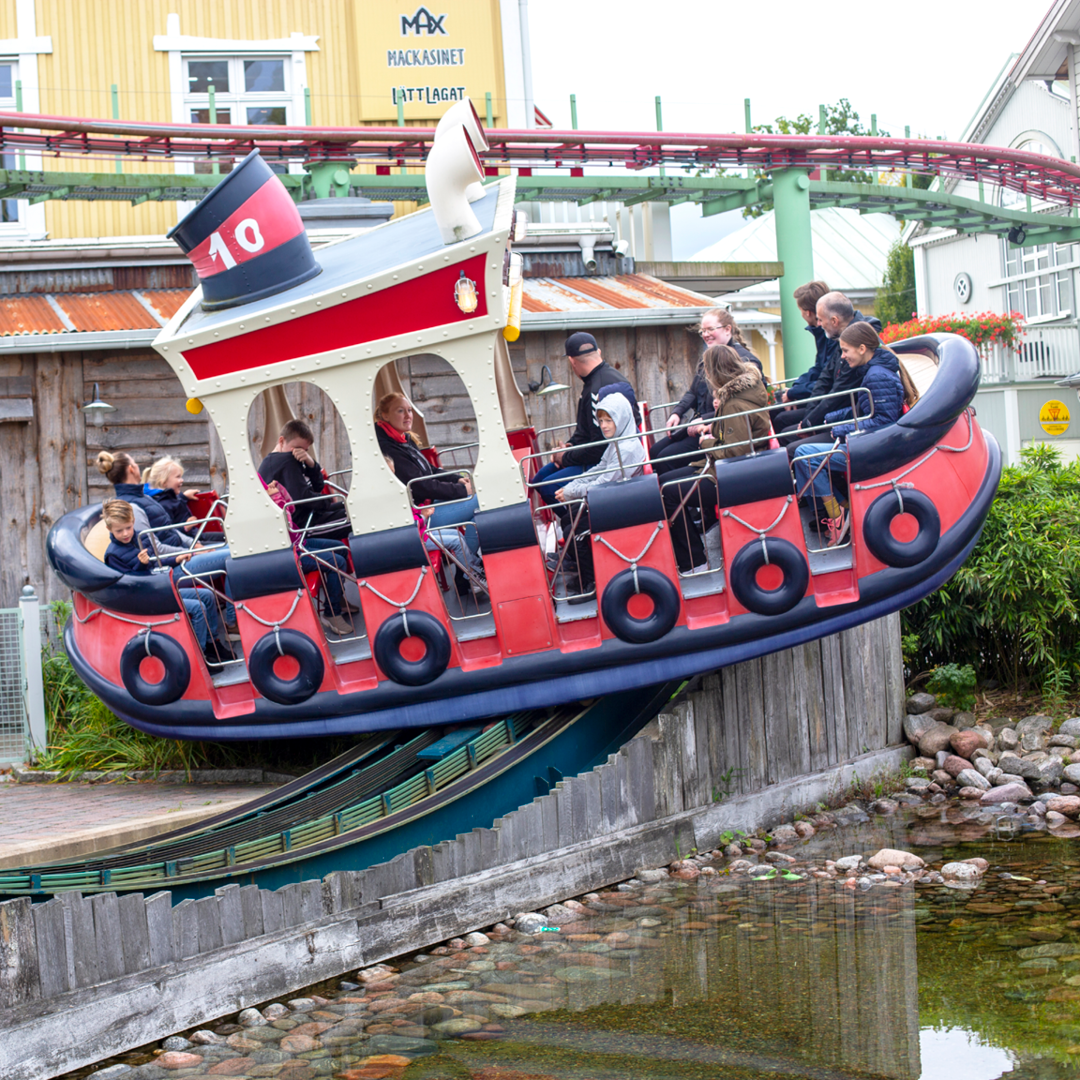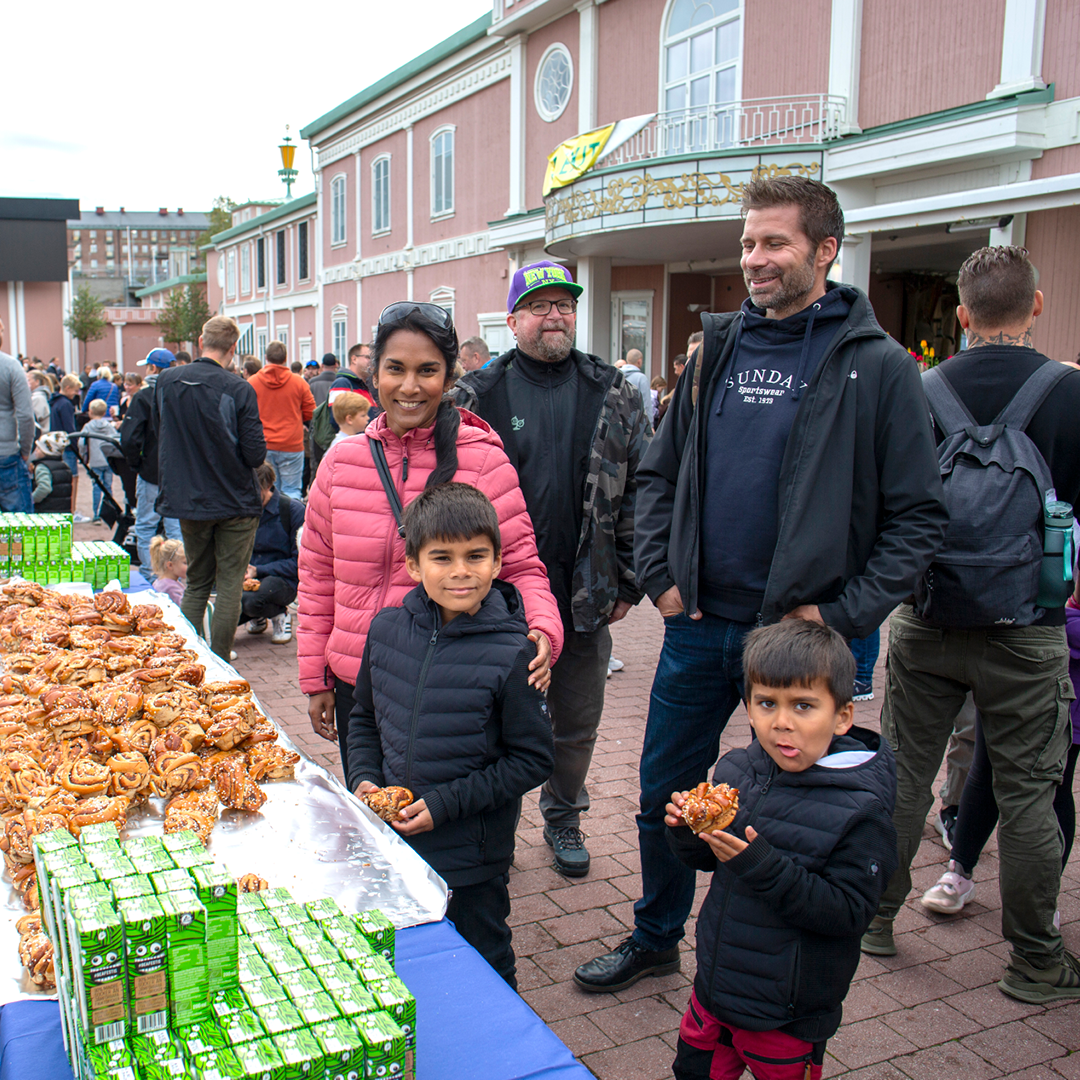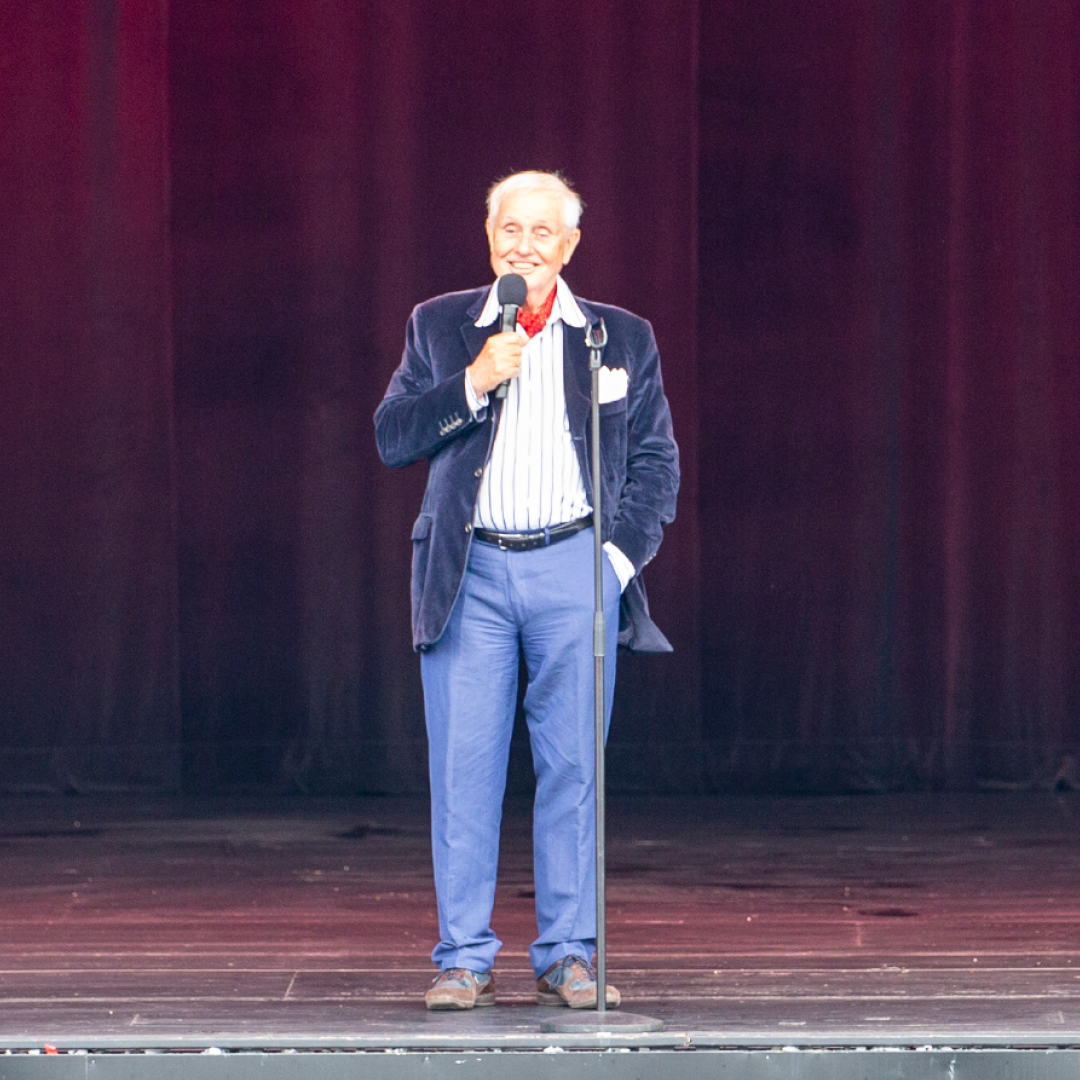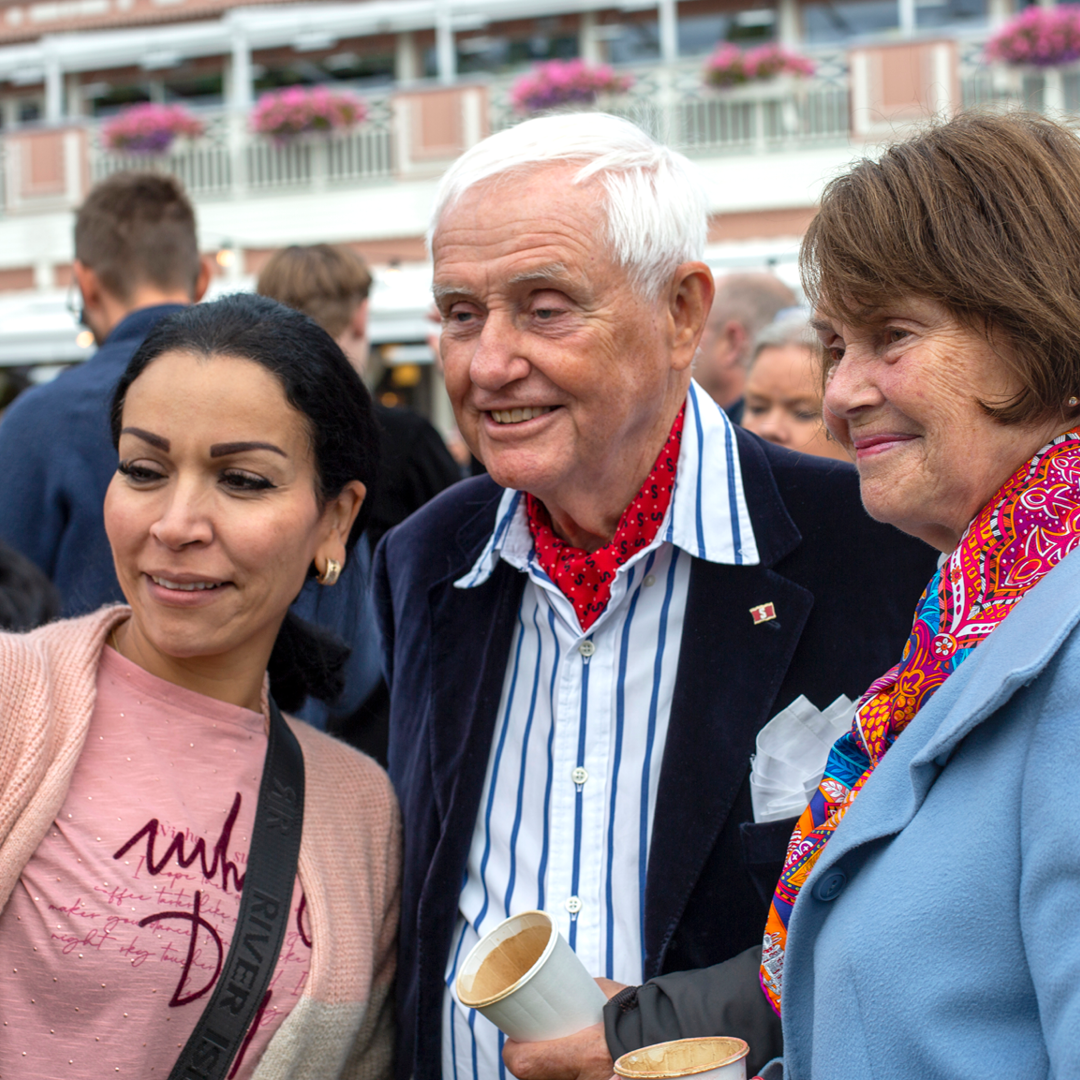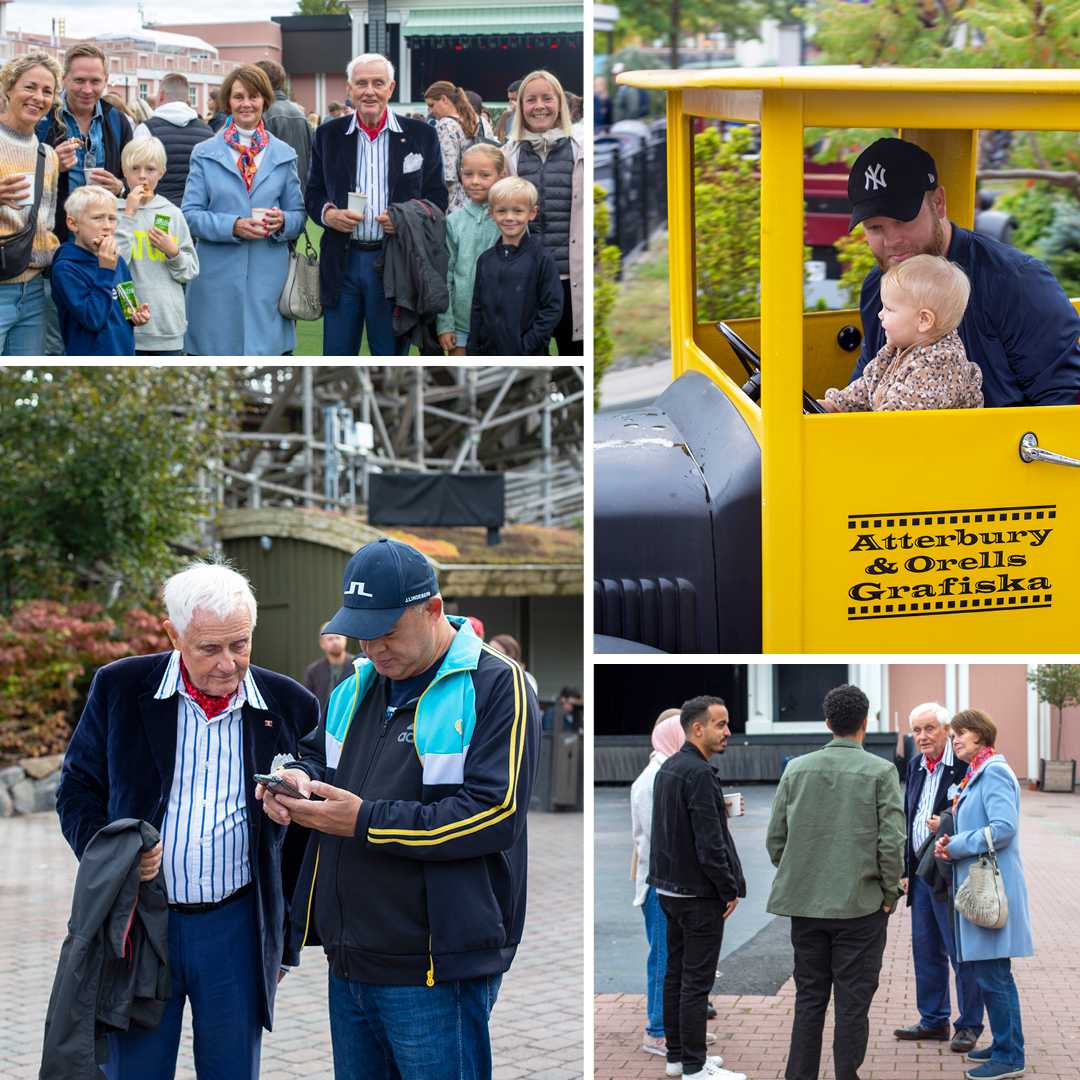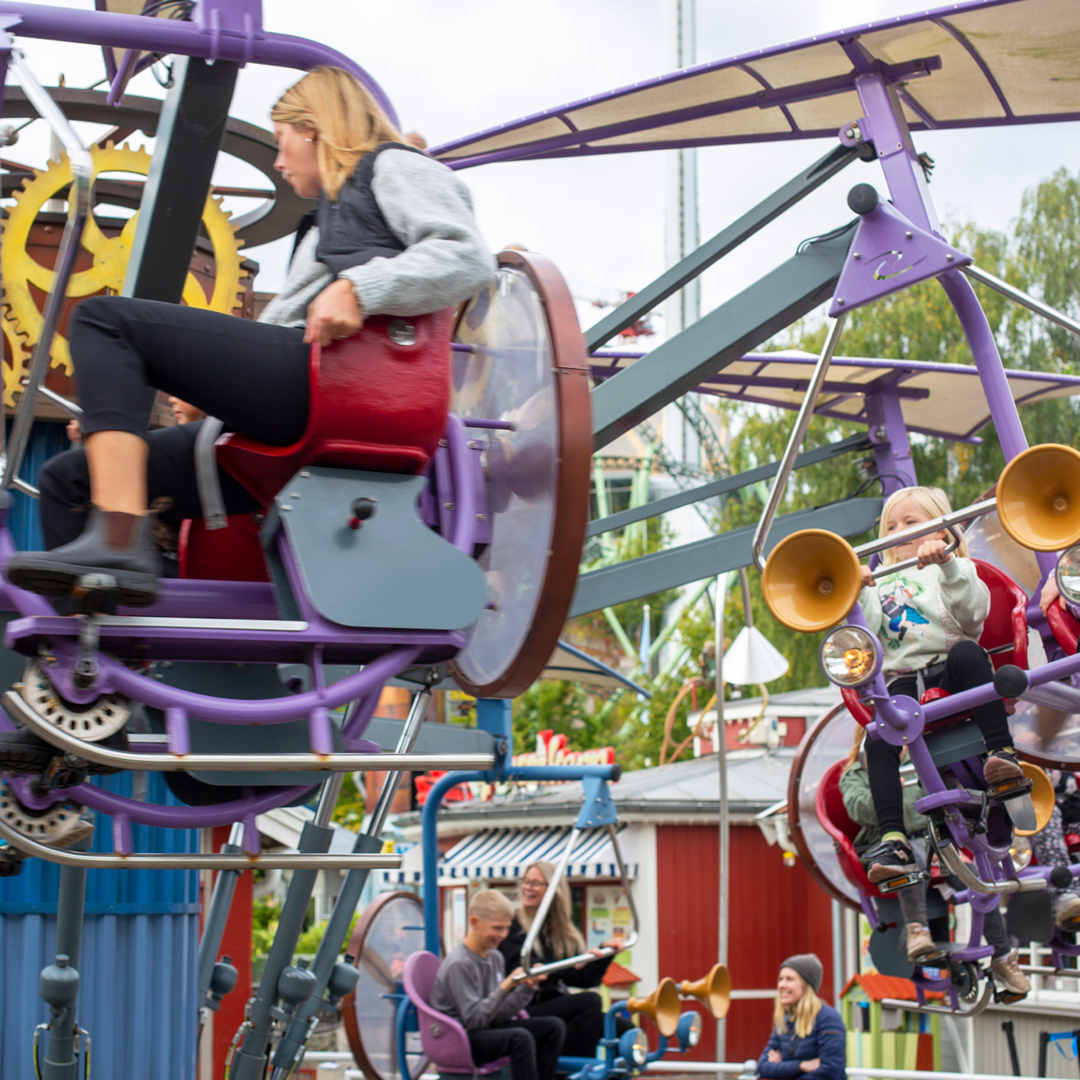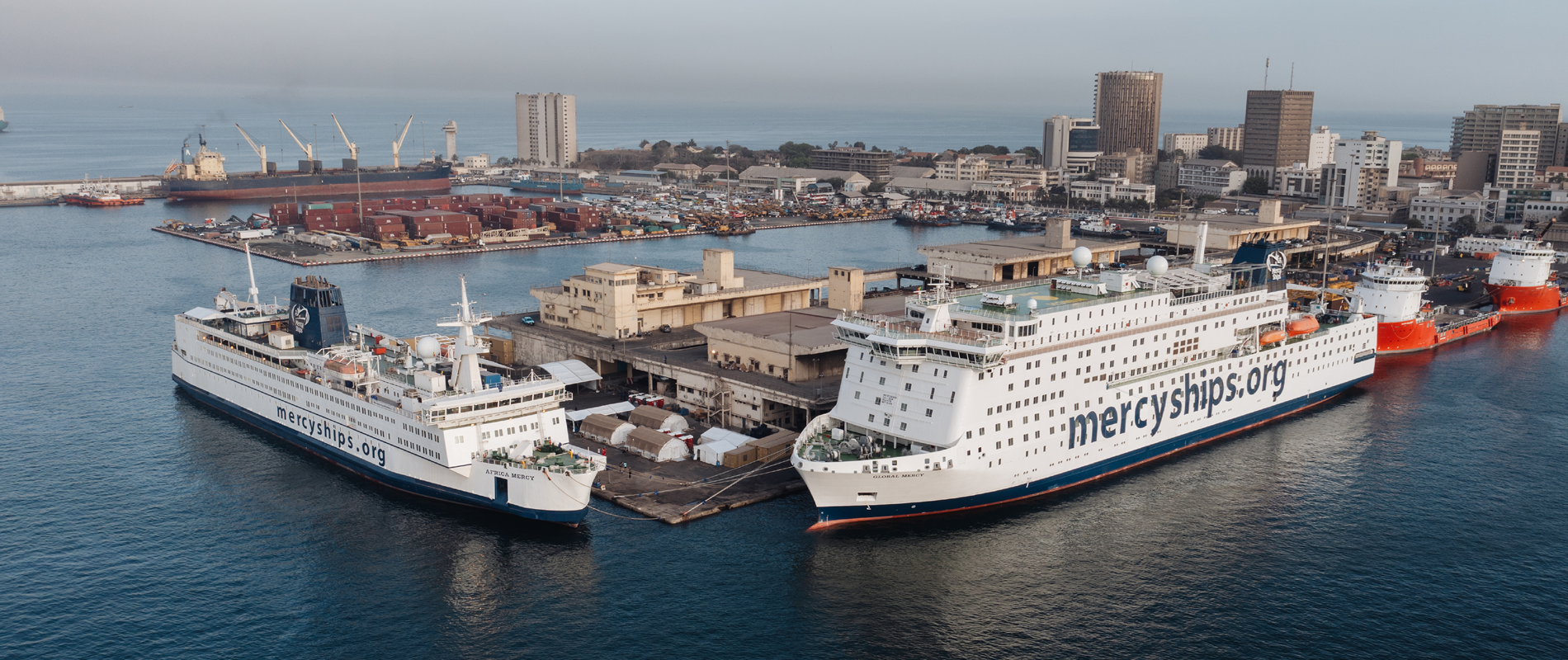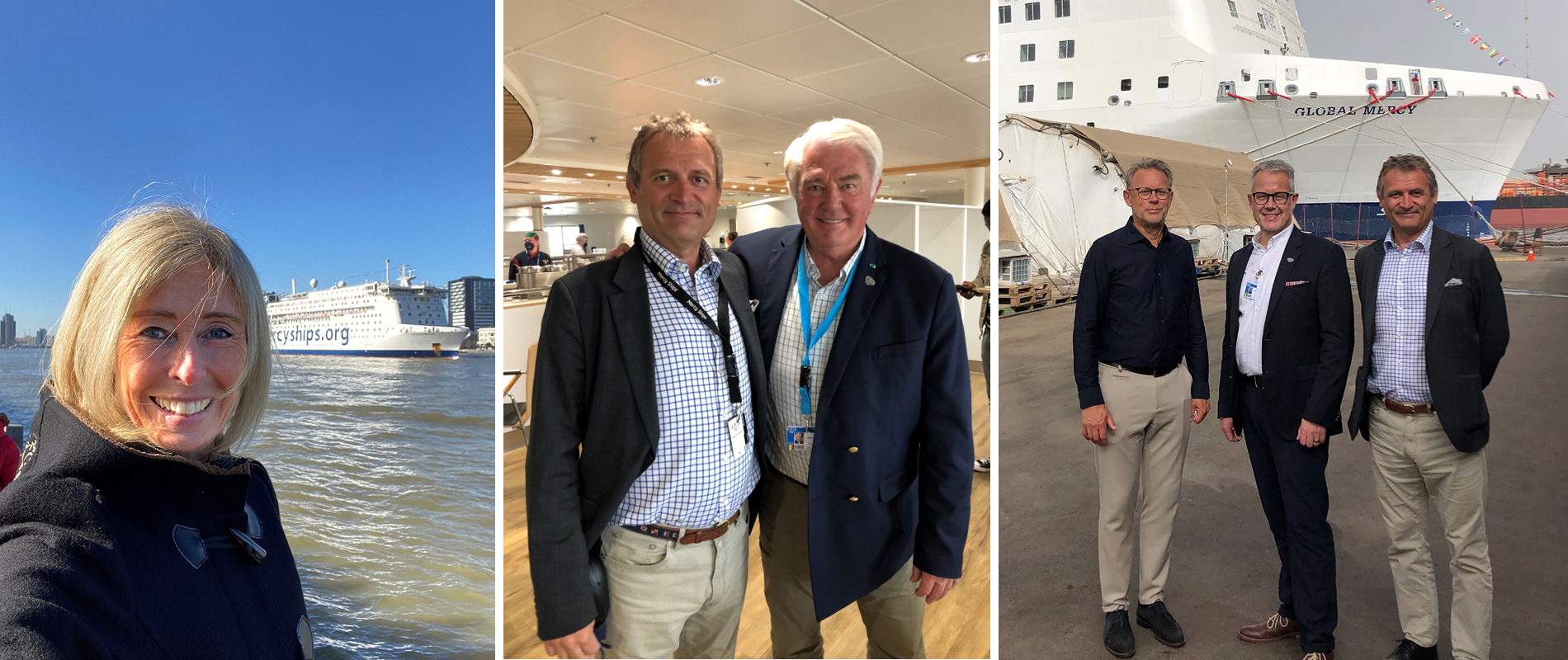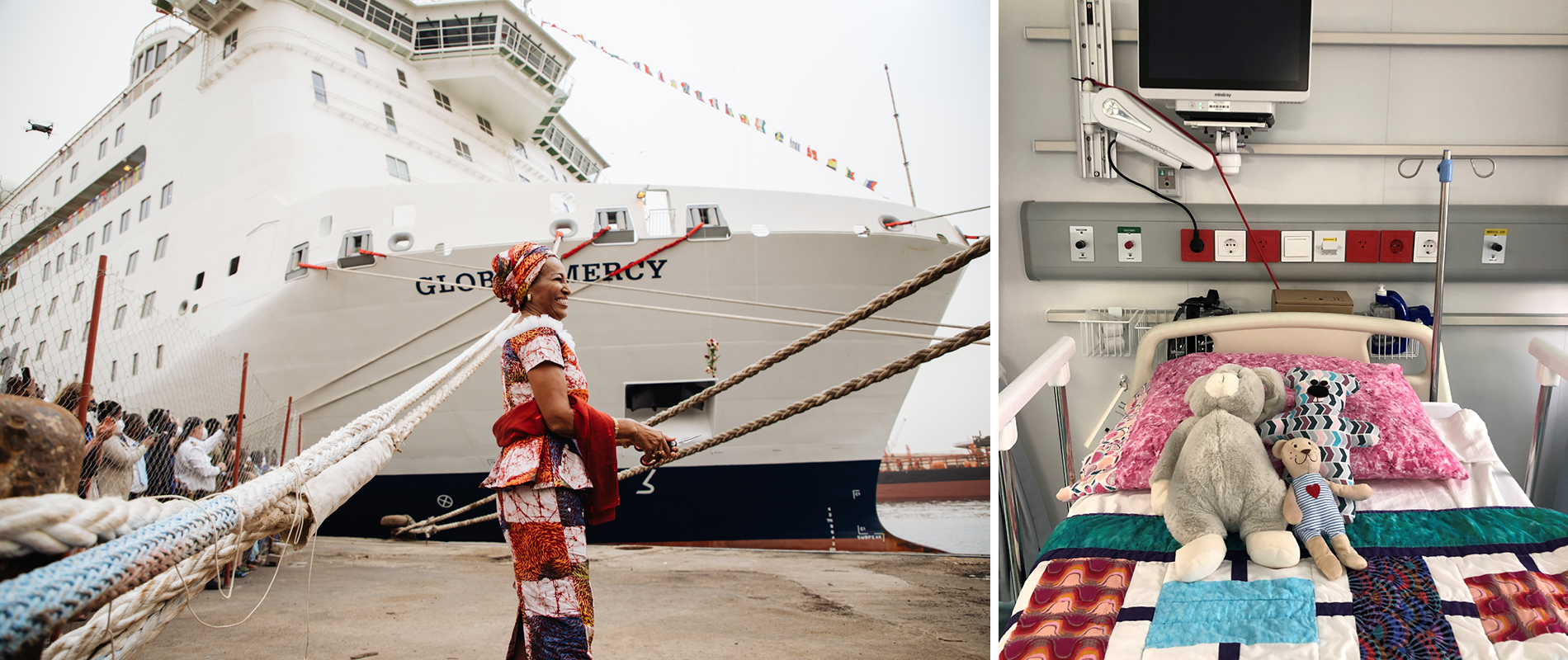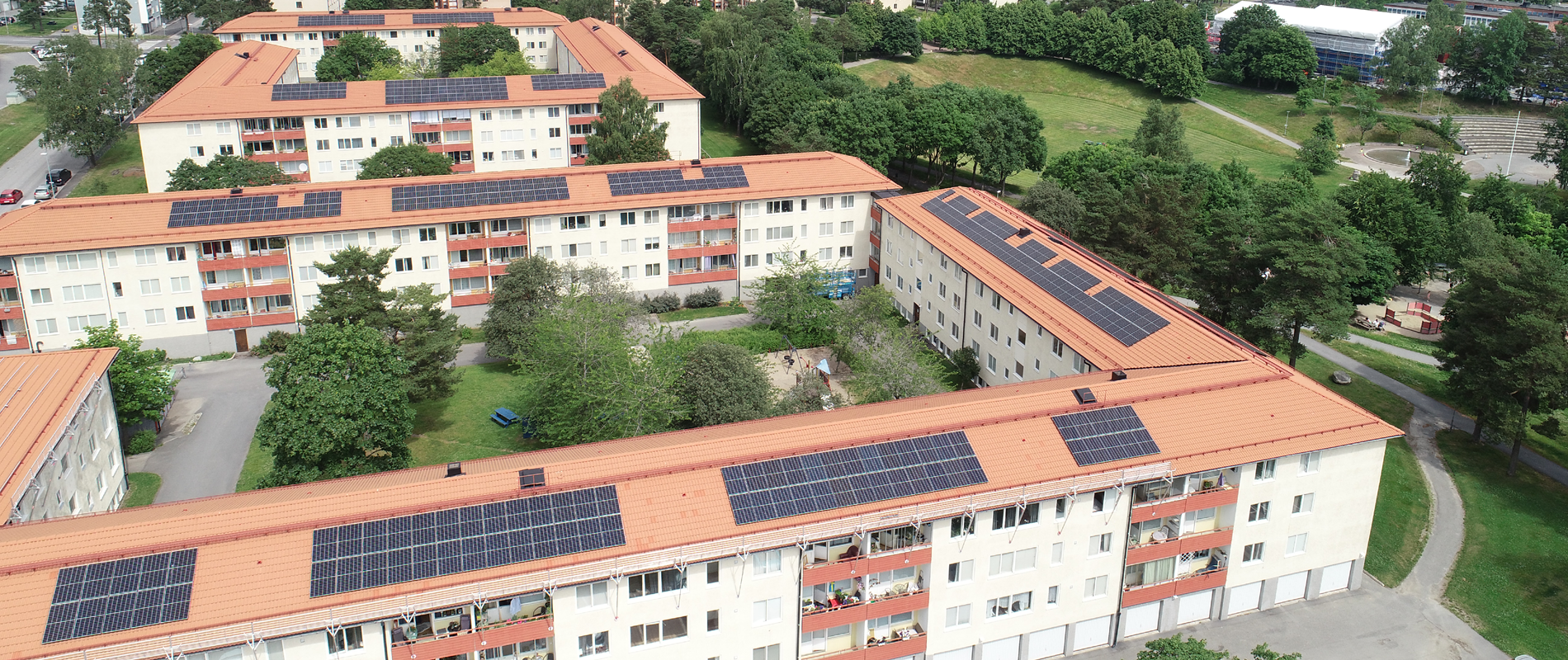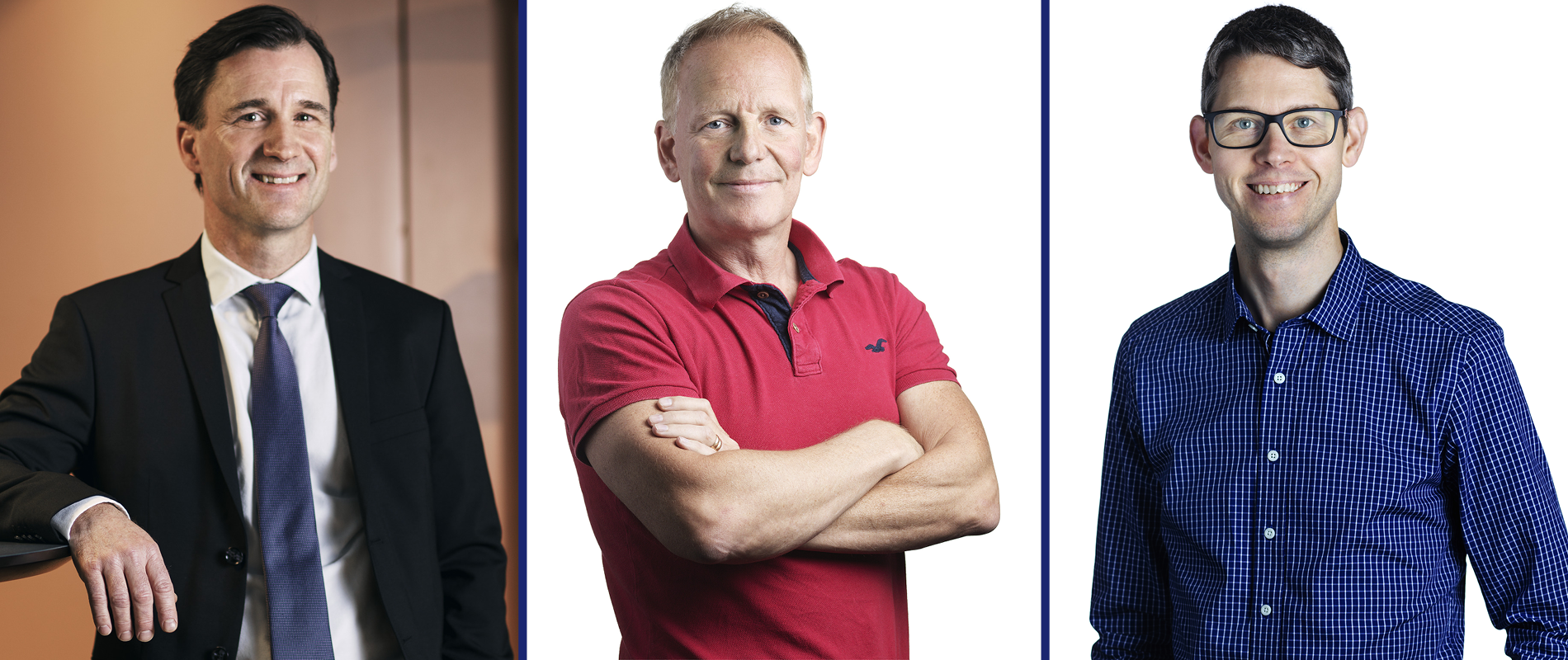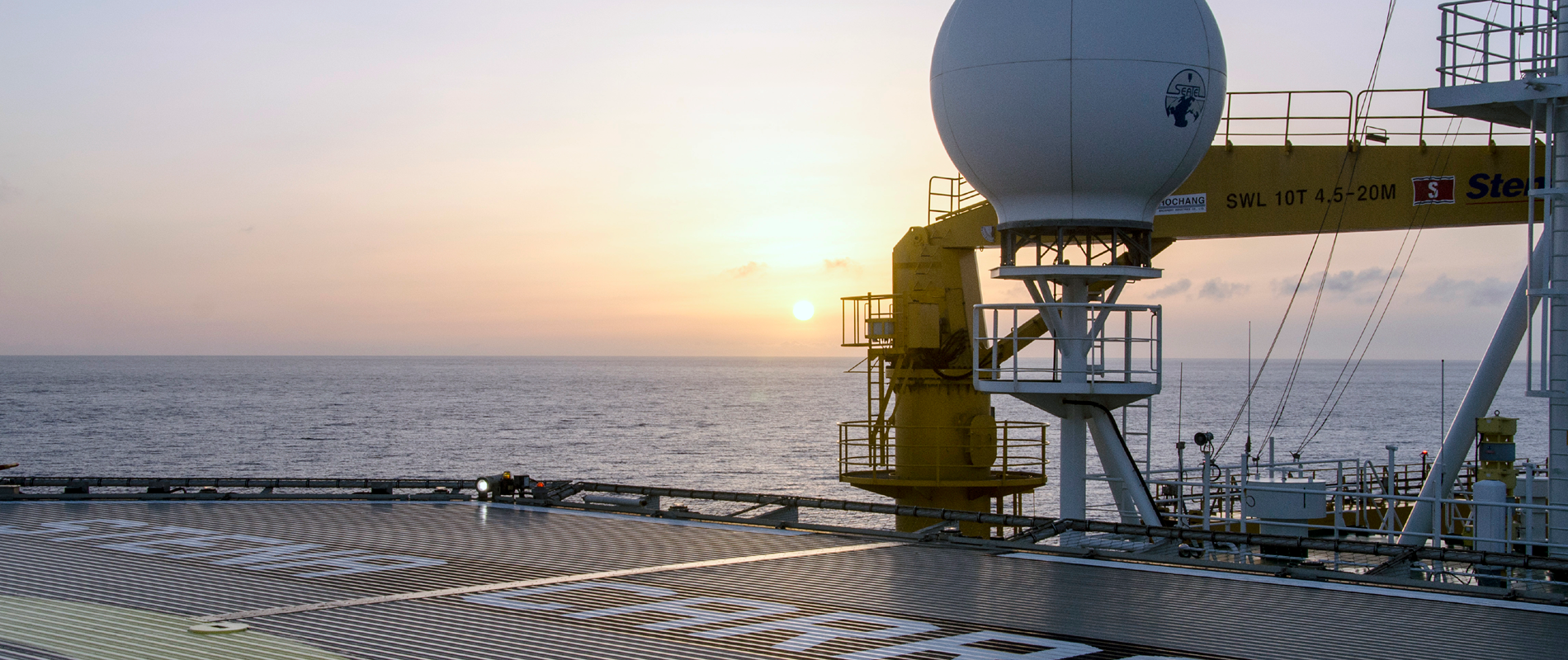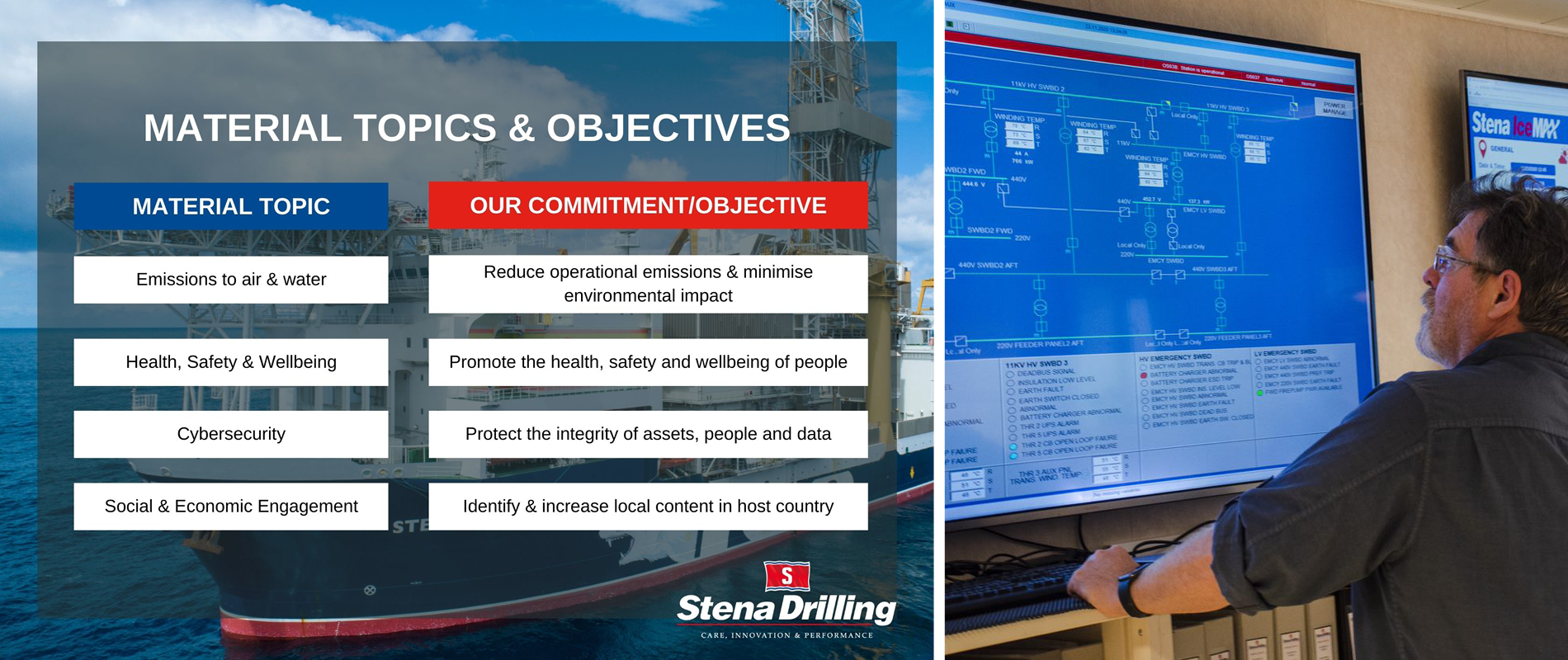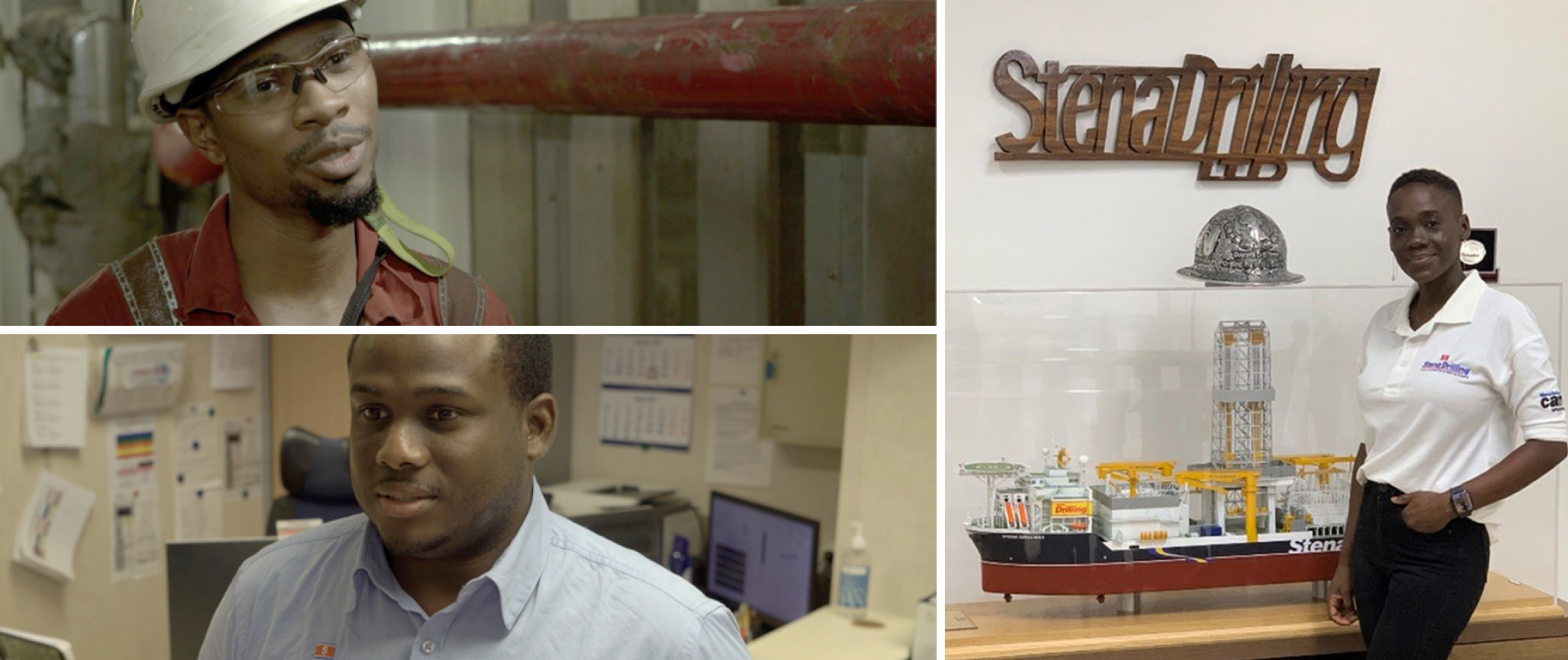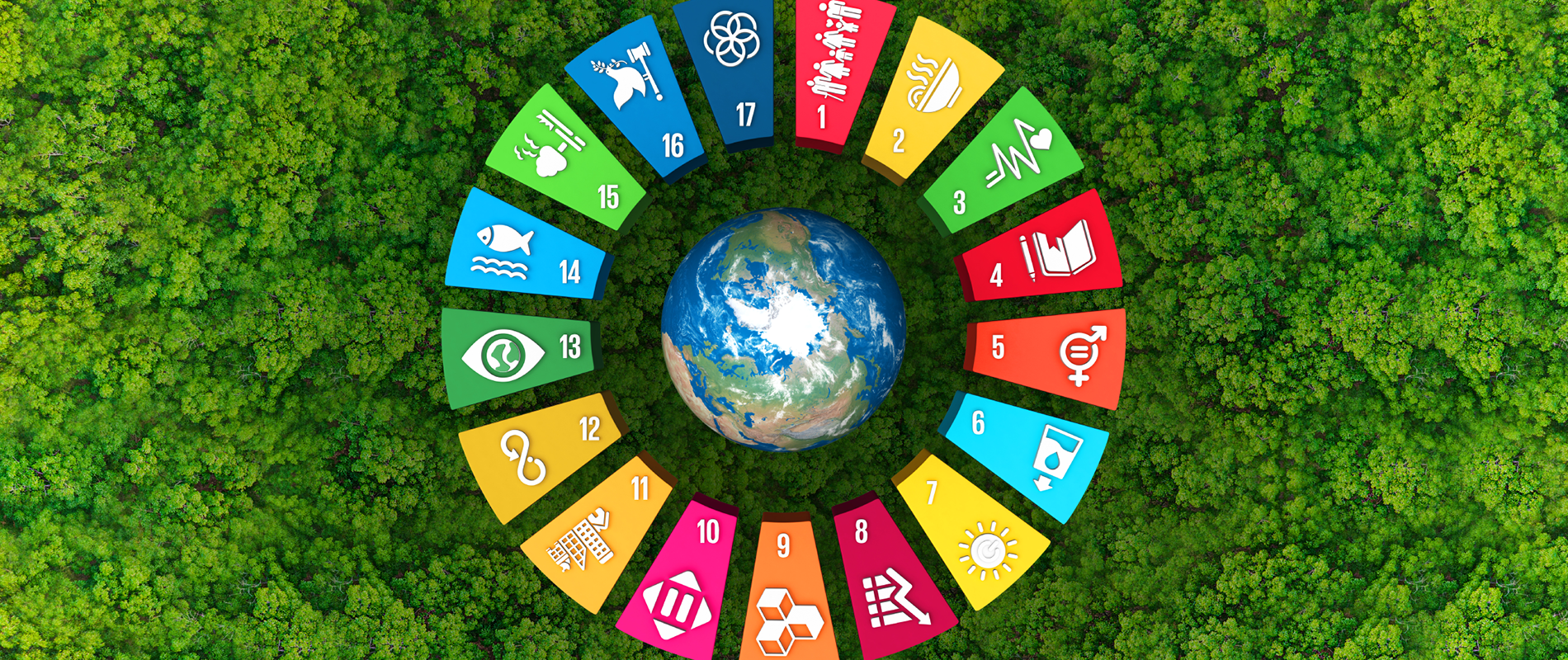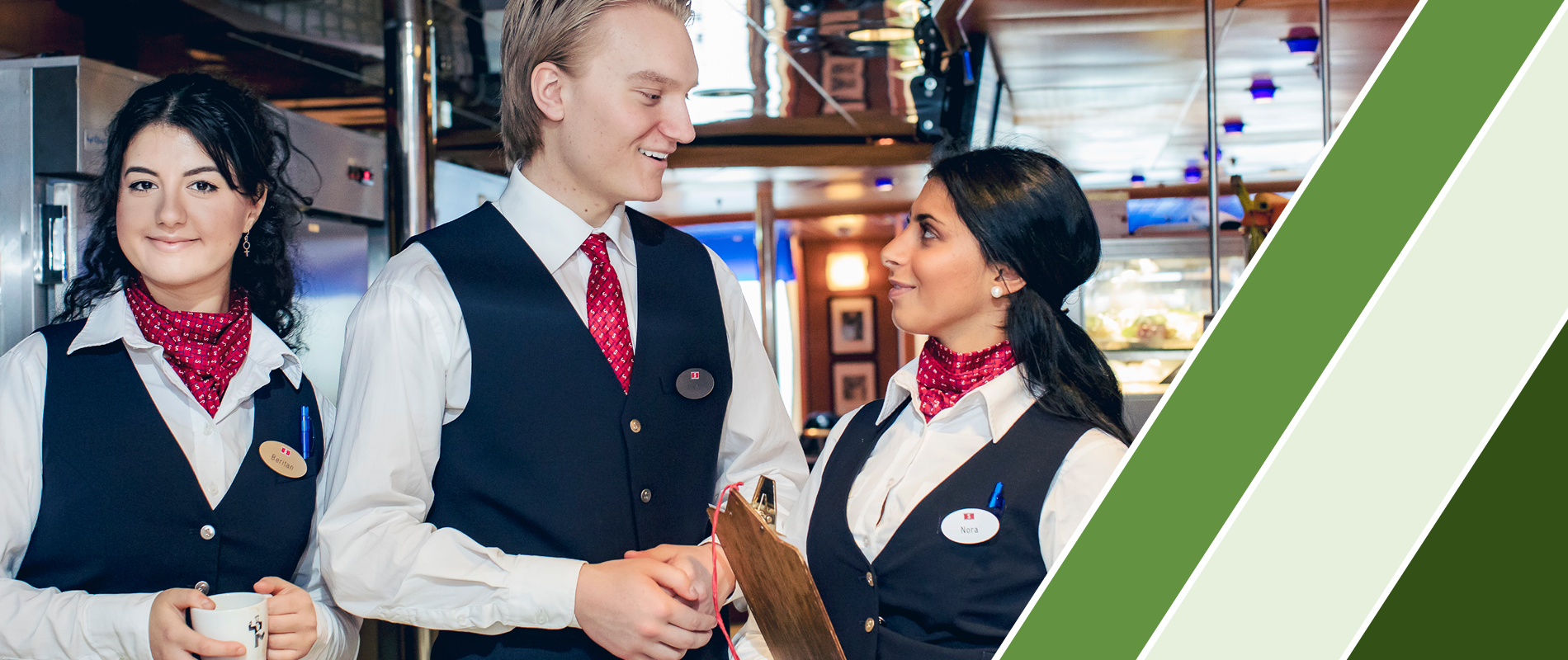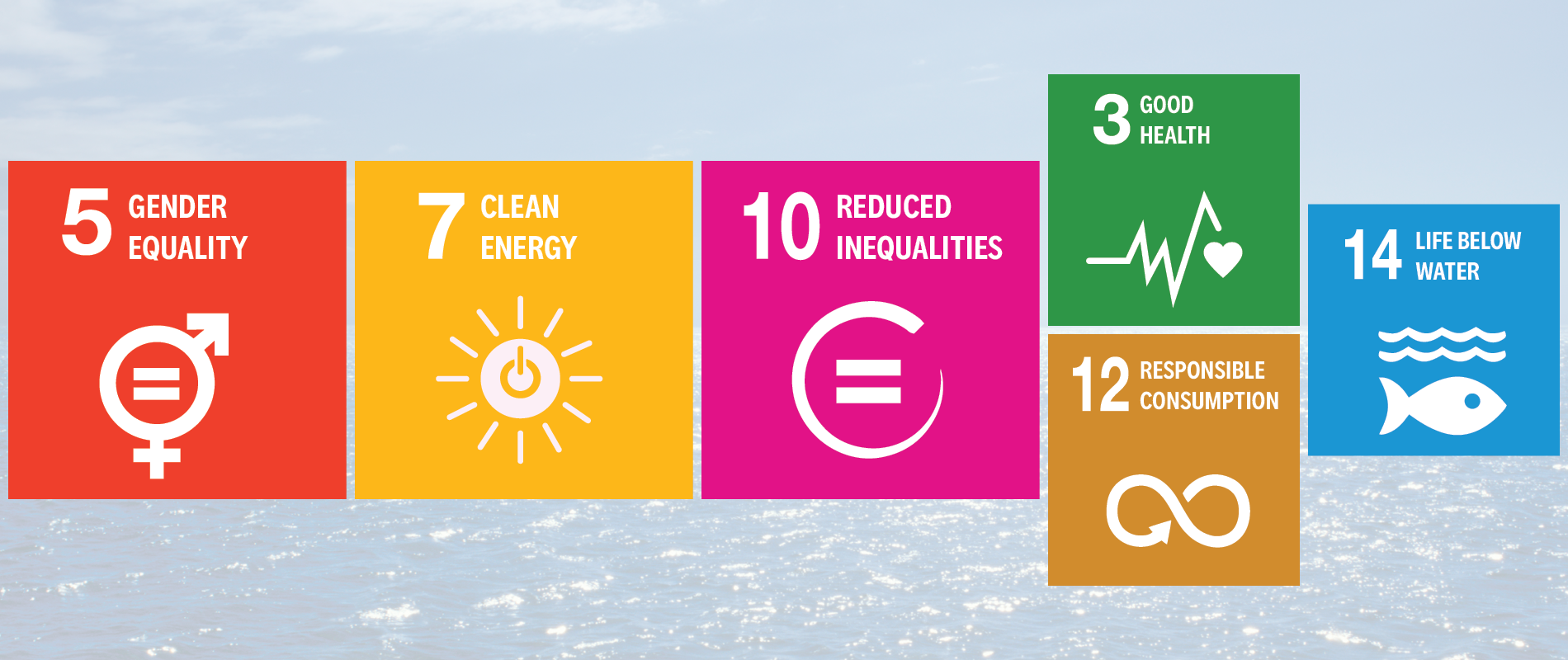Dan Sten Olsson - October 2022
WE ARE ALL IN IT TOGETHER
Combining perspectives – Stronger together was the theme for this year's Sphere Forum and what did we learn?
Stena is all about people. This is one of our strengths. We talk directly to each other and we support each other. We are strong together. We, being one hundred of our top managers plus our partners, tried to use the three days together to be as active as possible and to strengthen our personal networks.
I hope the meeting gave us inspiration, an energy boost and also provided us with some new insights and tools.
A relationship normally starts with exchanging questions. By using our time for questioning, listening, seeing, absorbing, and explaining, we can understand, create hope and act.
Personally, I have always wanted to know more and understand better and to do that I try to ask a lot of questions. By asking questions and being curious I have learnt more about our customers and the conditions under which they operate. To truly understand their conditions is a prerequisite to understand our own businesses and based on these questions I have been able to develop my business acumen.
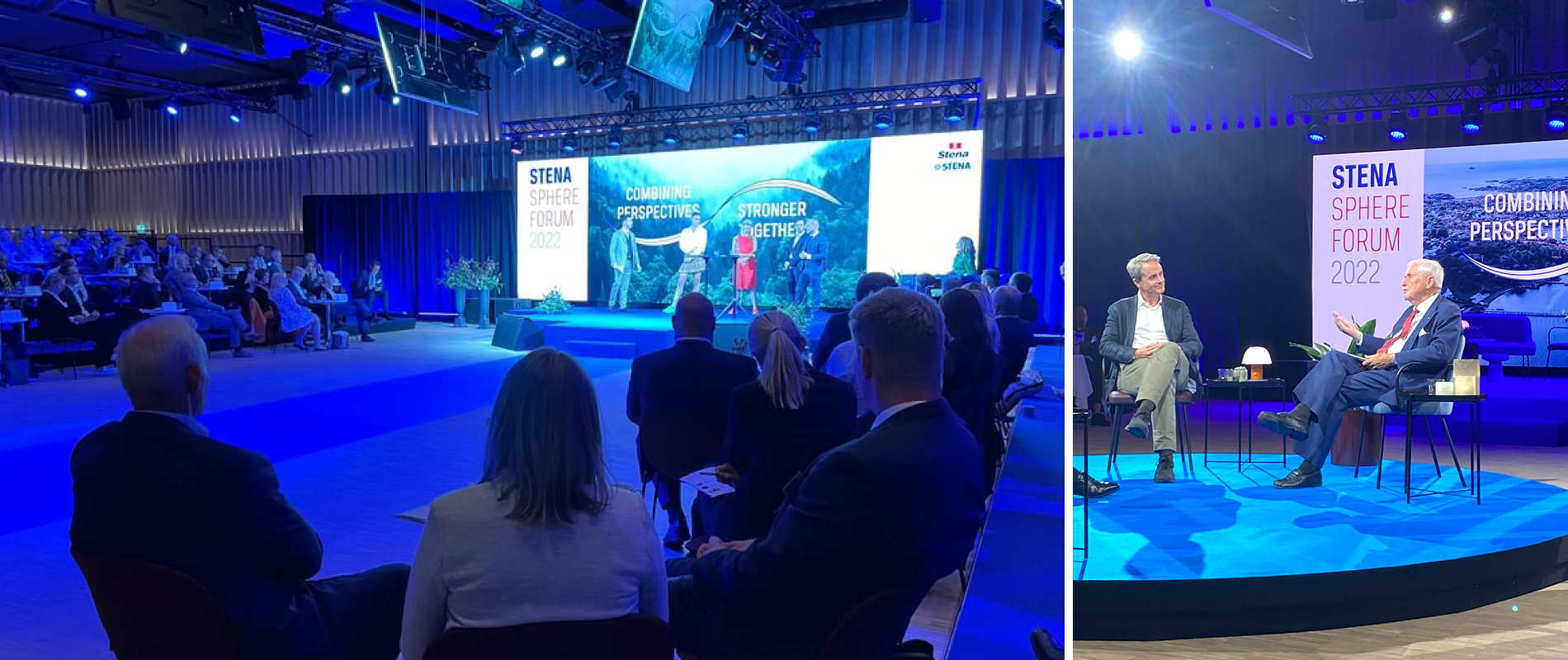
Sphere Forum 2022. Combining perspectives – Stronger together.
To develop our businesses we must see and acknowledge that the coin always has two sides. There are pros and cons to everything. And it is very important to see both sides of the coin to be successful. I think the last three years have proved this to be more true than ever. There will always be both good times and bad times and we need to have business models and structures that enable us to handle both sides of the coin.
During the last few years, I think we have proven that we are able to do so. Stena AB turned 2021 into a profitable year and the combined profit for our three sphere companies amounted to around 3 billion SEK. And I am pleased to say that the strong trend continues. I think that 2022 has the potential of becoming an even better year for us.
Stena Metall is currently delivering at record levels.
Stena Line did a remarkable recovery during 2021. The company continues to benefit from a strong freight market and we see that our travel guests, especially those in cars, have come back after covid. The other shipping companies, especially Stena Bulk, are benefitting from strong markets and are showing very healthy results. This is really great to see.
Stena Drilling has also recovered well and the fact that all drilling units currently have firm contracts with well-known energy majors shows that our high operational standards and well-maintained rigs are paying off.
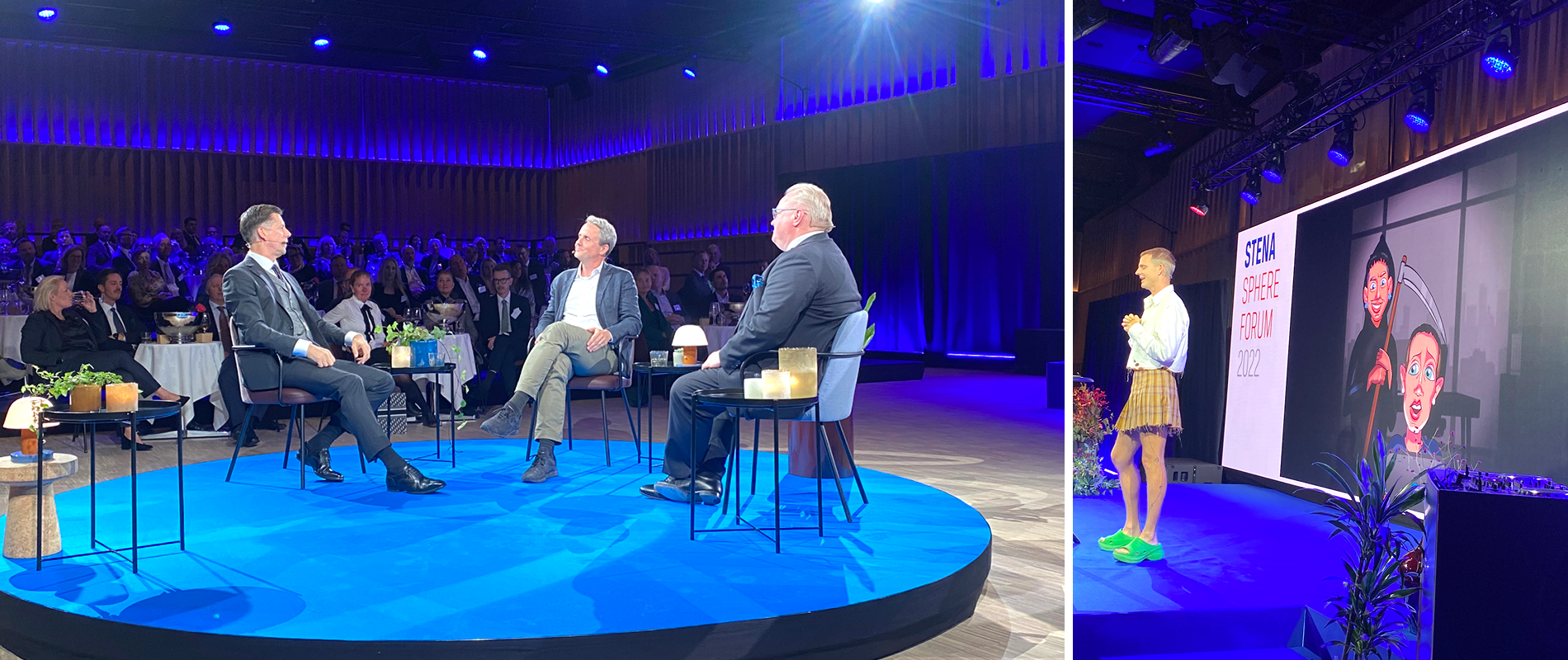
This year Sphere Forum in Göteborg included seminars, panel discussions and networking.
Stena Fastigheter and Stena Adactum are delivering good results and have been doing so throughout these years, thereby generating stable cash flows and stabilizing the Stena AB group.
Our mantra to always fear losses and love profits has made an impact. The recovery we have made has come through hard work, strong customer focus and by taking sometimes very difficult decisions in time and then having the courage to act upon them. As a consequence, we have been able to maintain direction and movement throughout this period and that is very important.
I would like to say thank you all for your contribution to the positive development. And you know what? Your hard work has put us in a better position today than we had three years ago. That is very impressive!
Going forward it is important to, again and again, ask ourselves the questions:
– Who would miss us if we were not here?
– Are our activities really creating value for society and for our customers?
– How useful are our activities and to whom?
Sorry for repeating it, but we must continuously ask ourselves these questions to be able to find solutions and opportunities where we are useful. This is how we make our companies future-proof in order to stay relevant. Seeking the future is often about reframing.
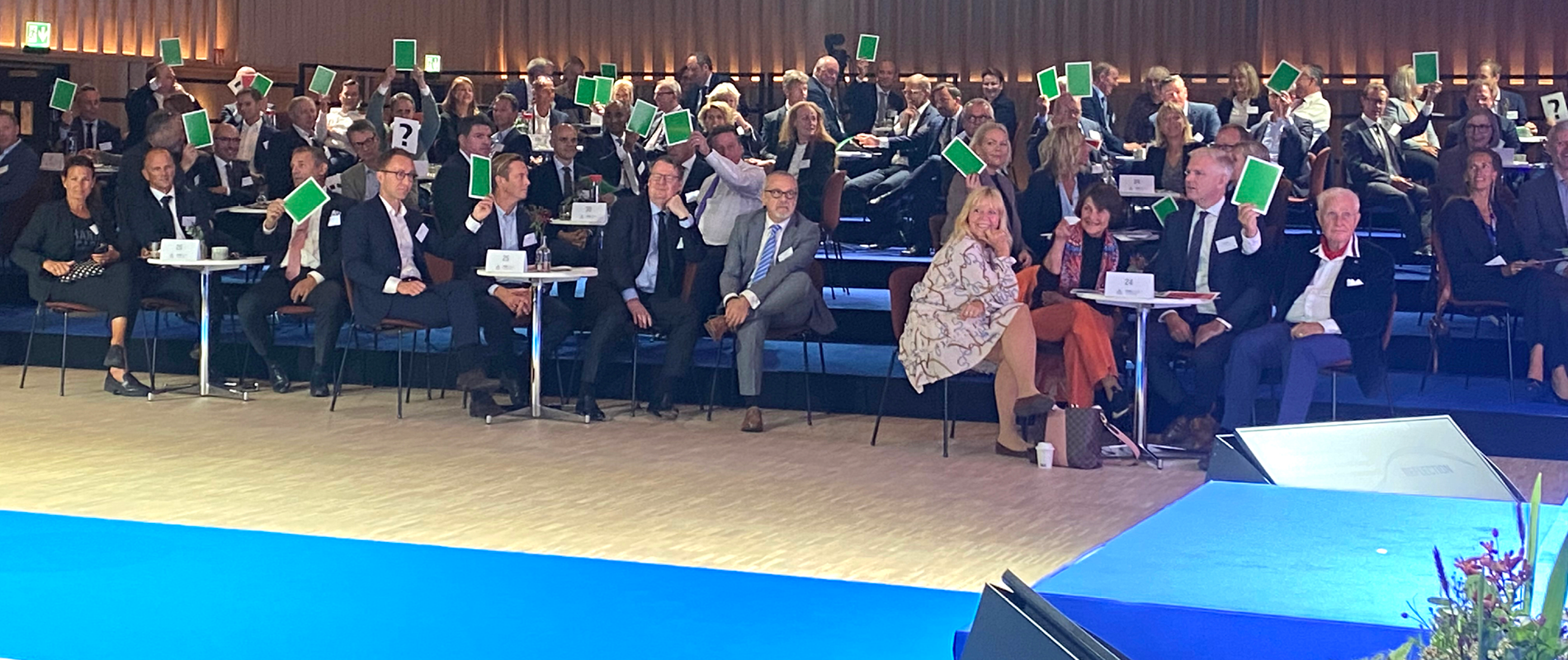
Each decade has its challenges as has each generation. Digitalization and sustainability is changing the way we do business. To open our minds during the Sphere Forum we visited Stena Innovation Center at Chalmers Technical University and Lindholmen Science Park, two different collaboration platforms aiming at stimulating innovation, growth and industry wide collaboration. Stena Innovation Center has created a lot of start-up companies, out of which eighty percent have succeeded to grow to self-sustainable companies. At present fiftyfive start-up companies are active at Stena Innovation Center.
Today all of us play different roles. It means that we have many identities. In a way, we are hopping from one identity to another. This means we hop from listening to supporting and back to asking new questions, listening and new supporting. It is complex. Nevertheless, it does not mean it has to be complicated as long as we acknowledge the situation.
Our purpose is to care for each other, our clients, society, details, the planet, and to make a profit. If we care for others, I am sure, others will care too. And as long as we are trustworthy I think we shall always find new ways to lead us to a good future even if it means that from time to time we have to change our strategies.
Dan Sten Olsson, CEO
Göteborg September 2022


